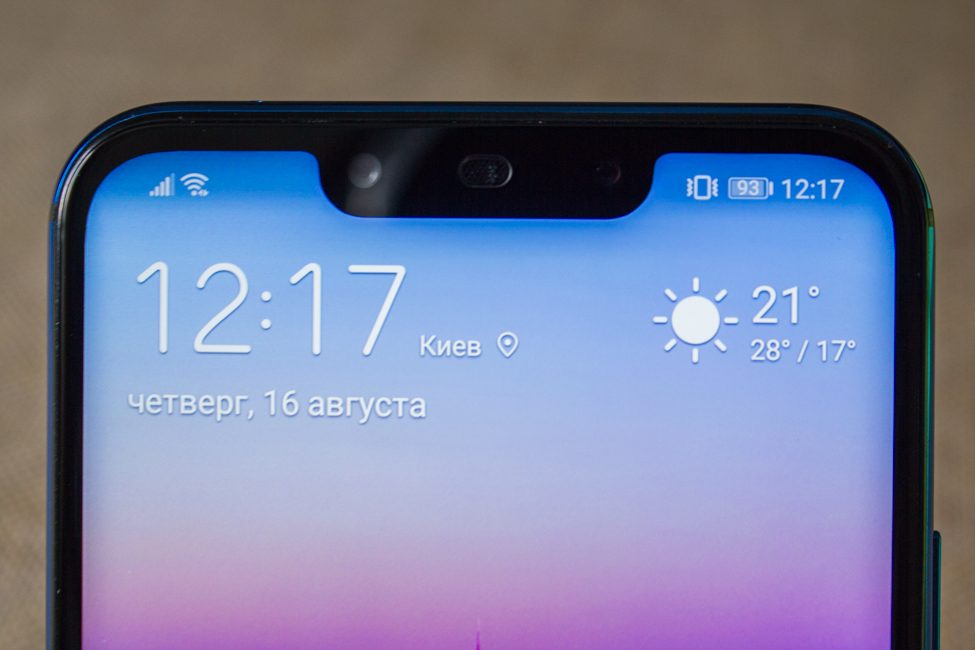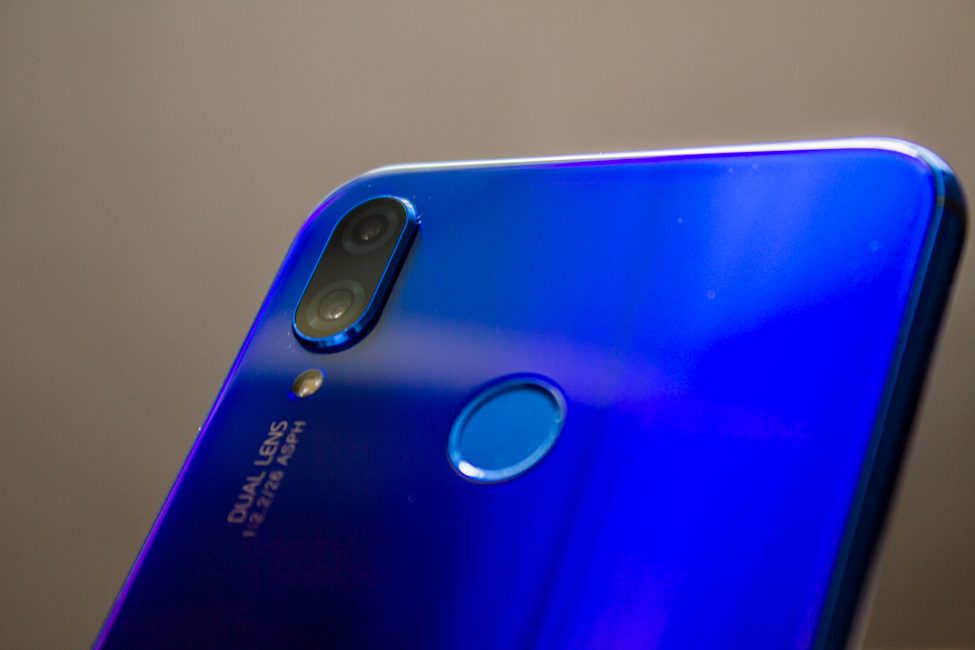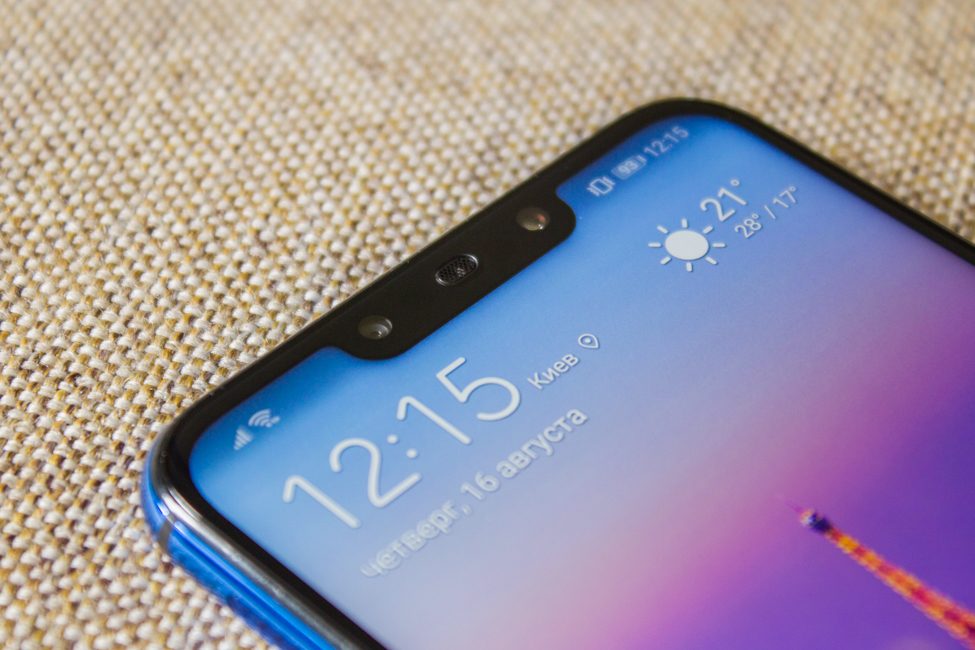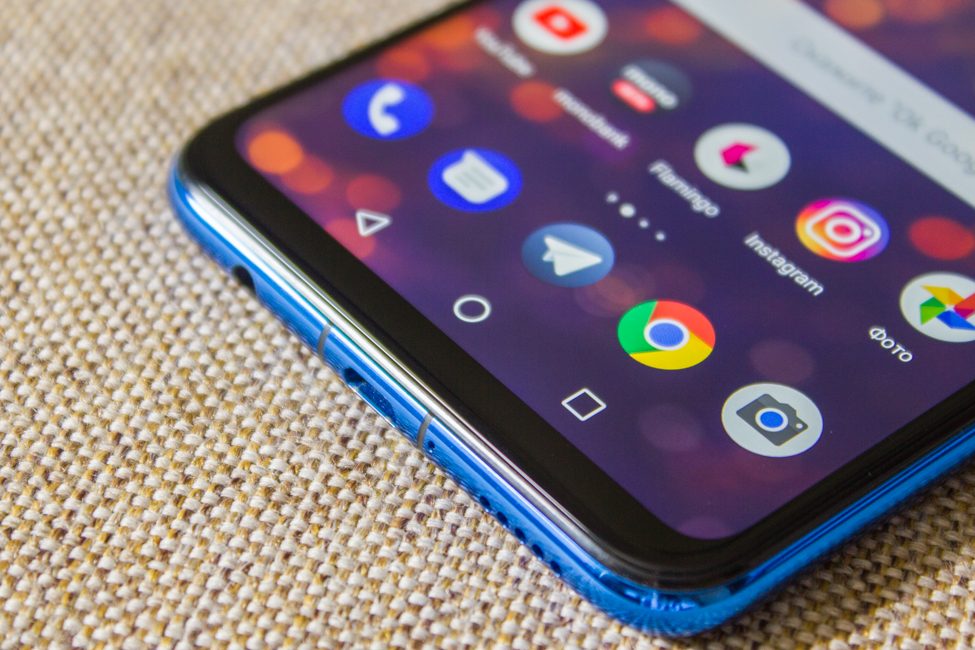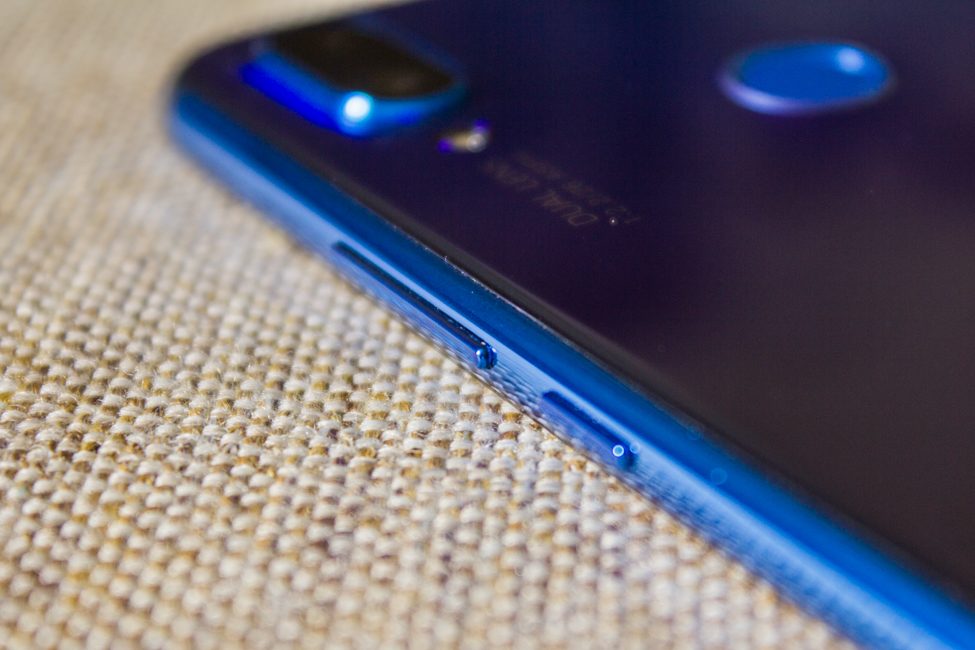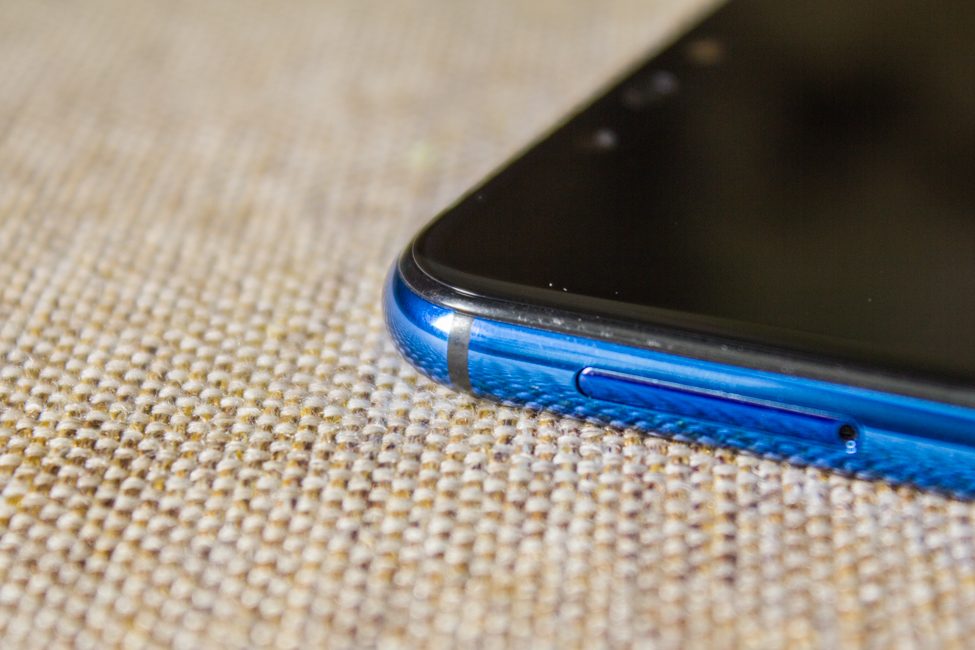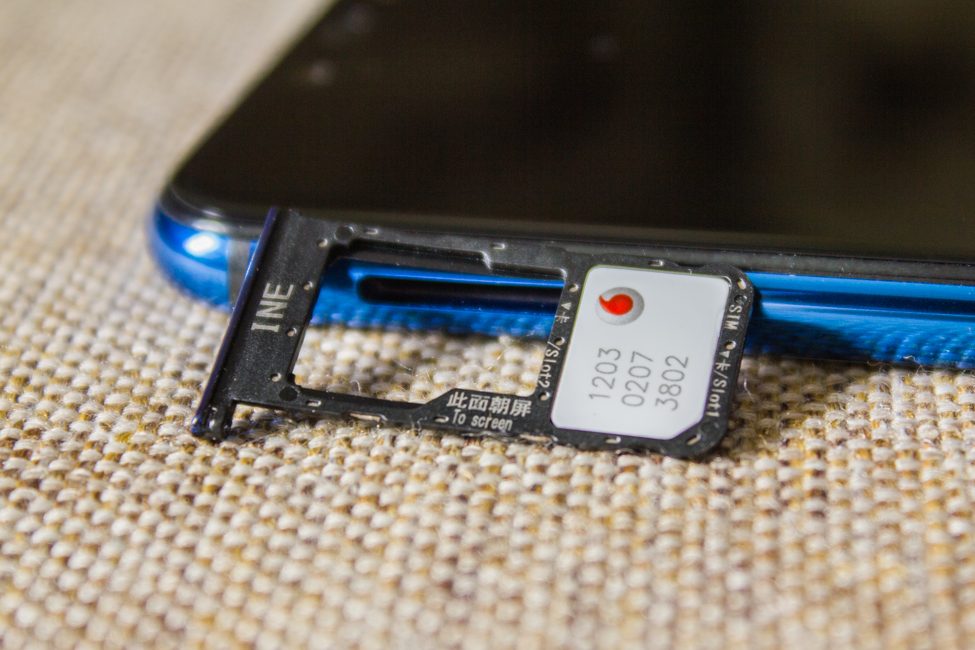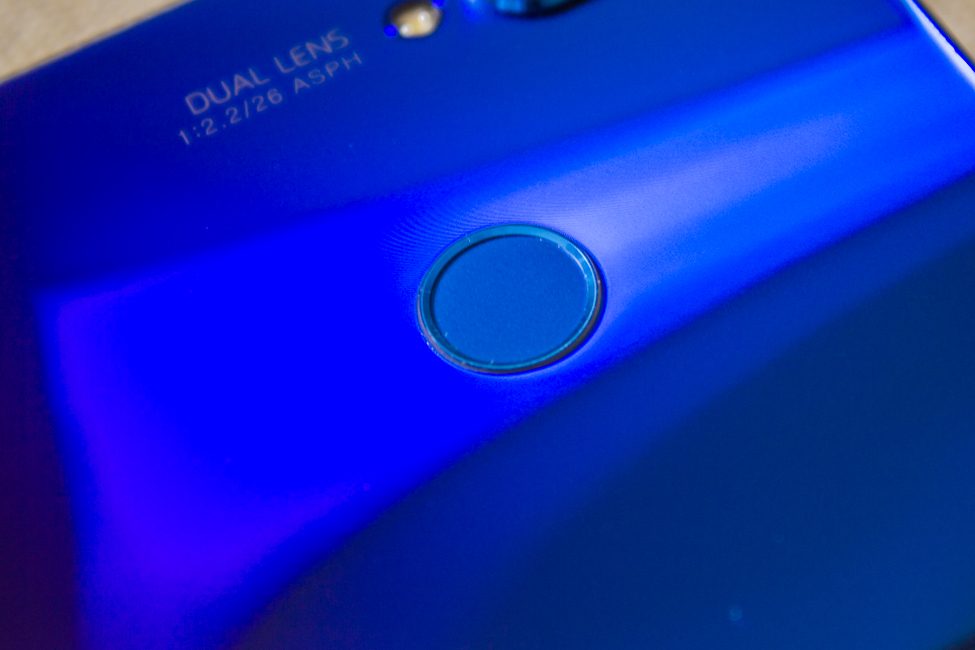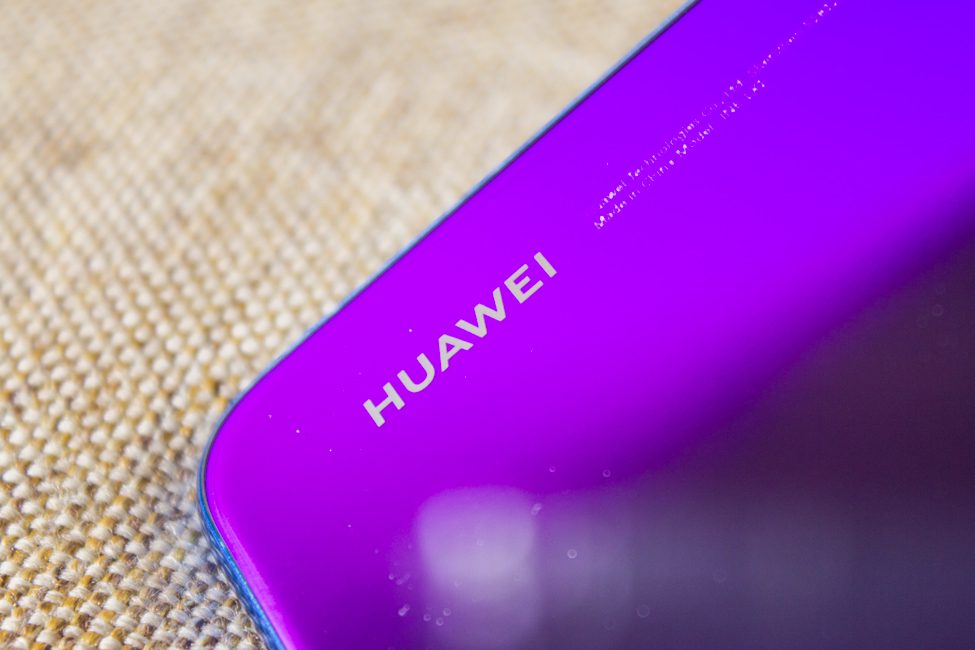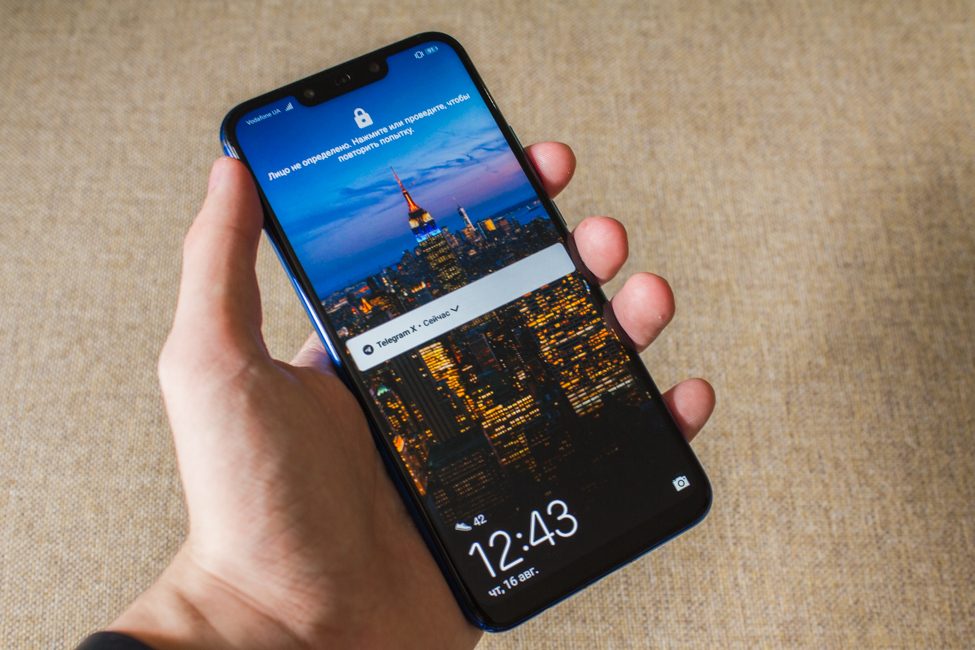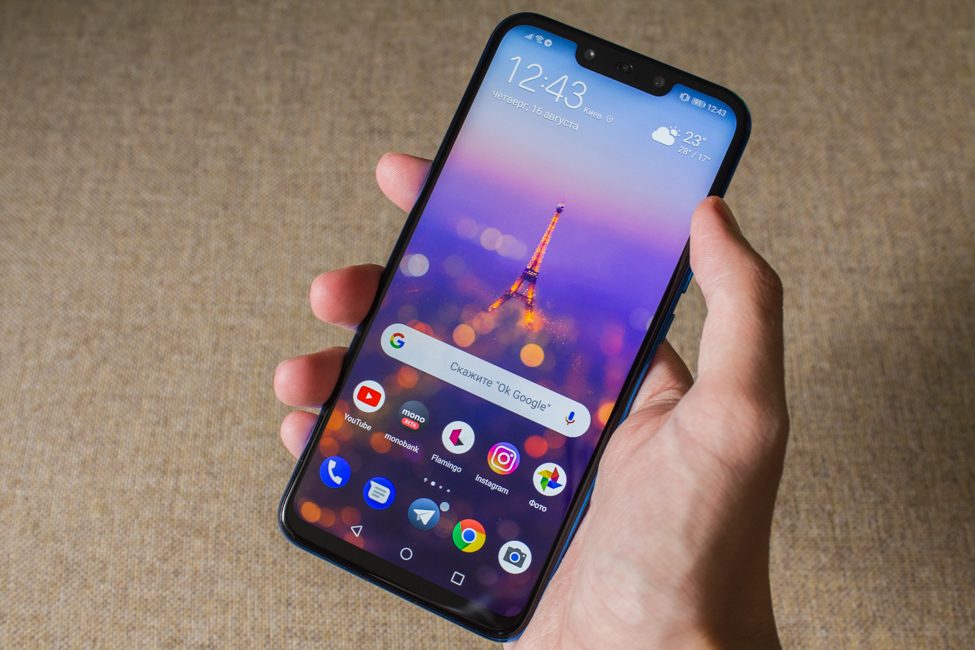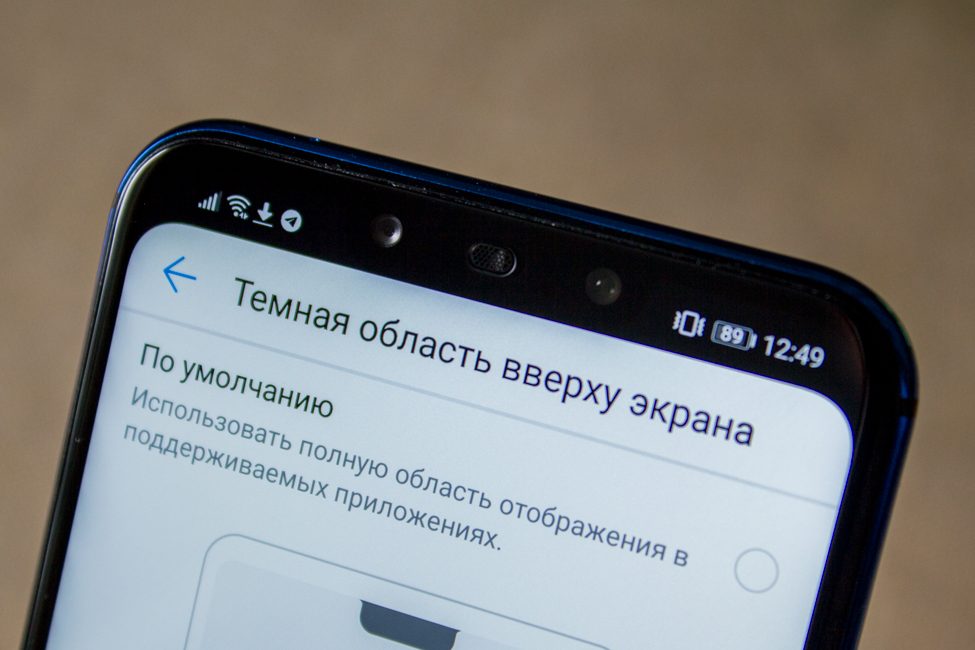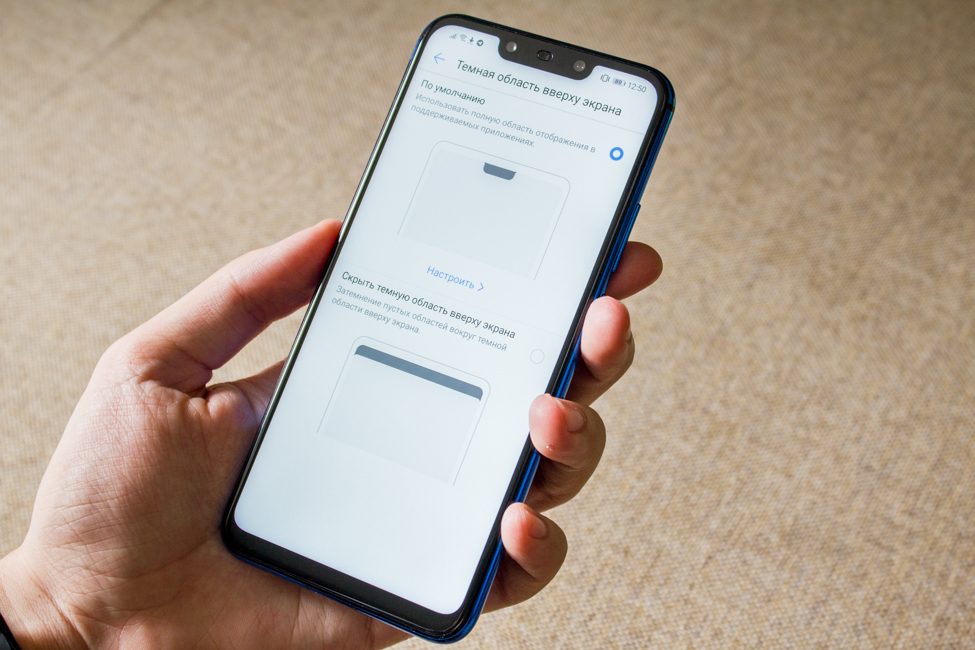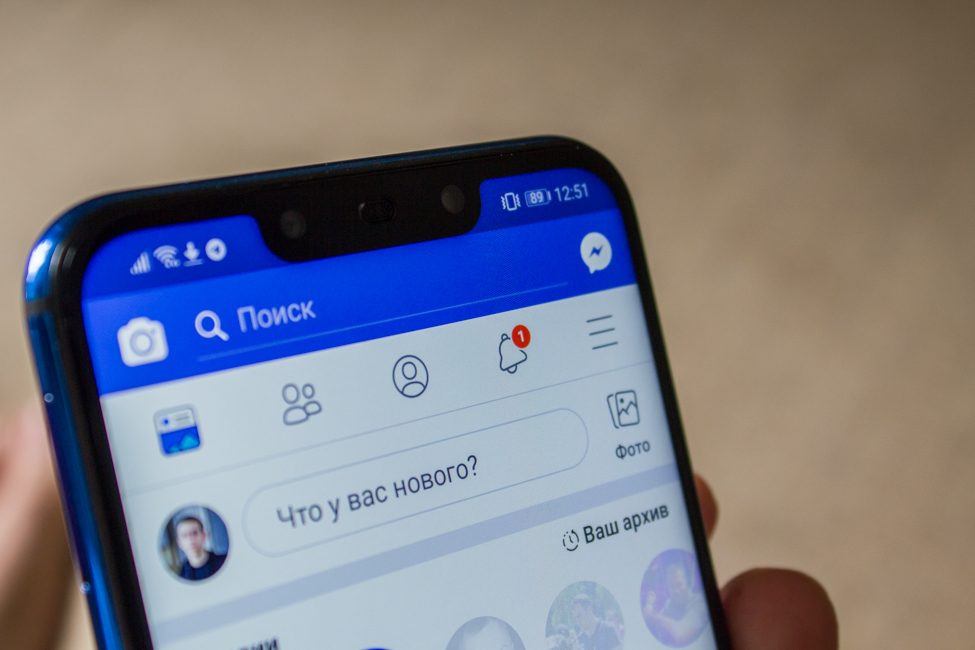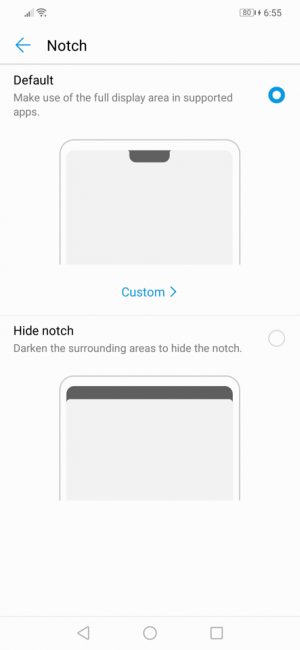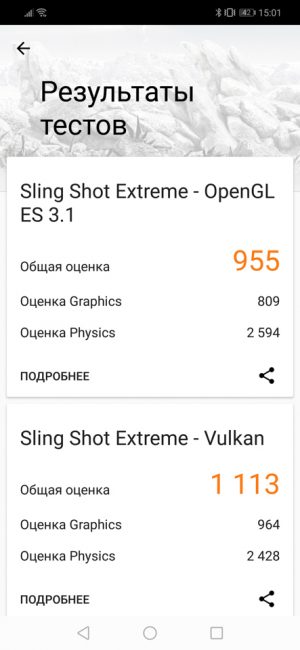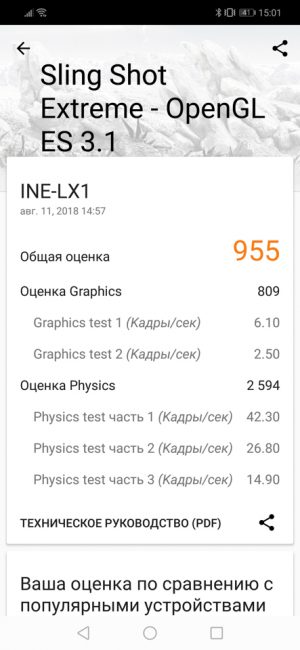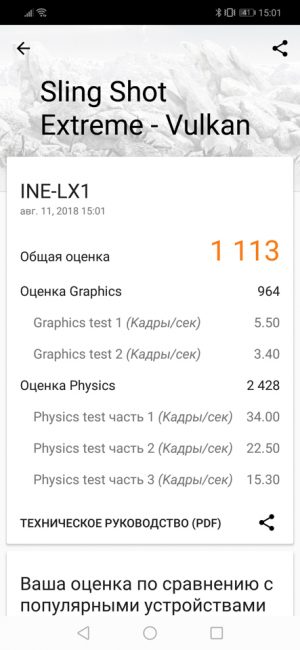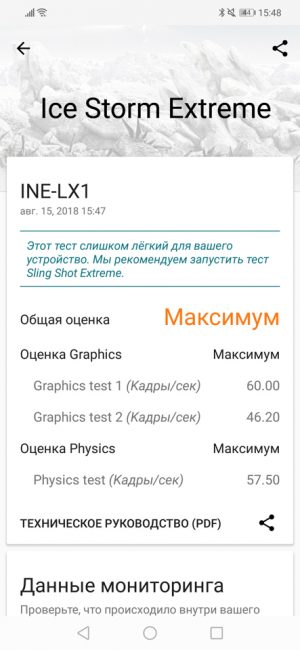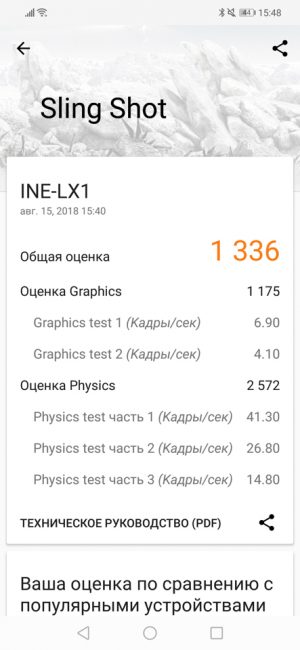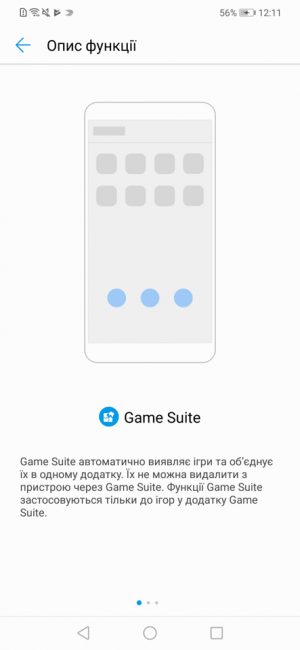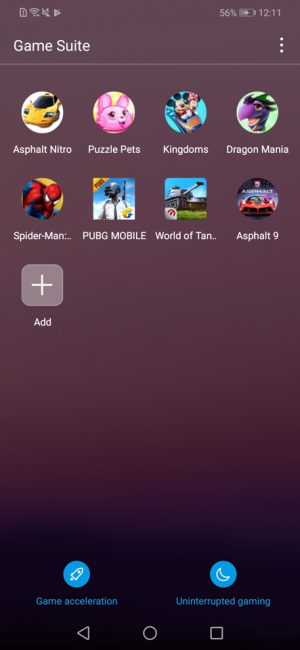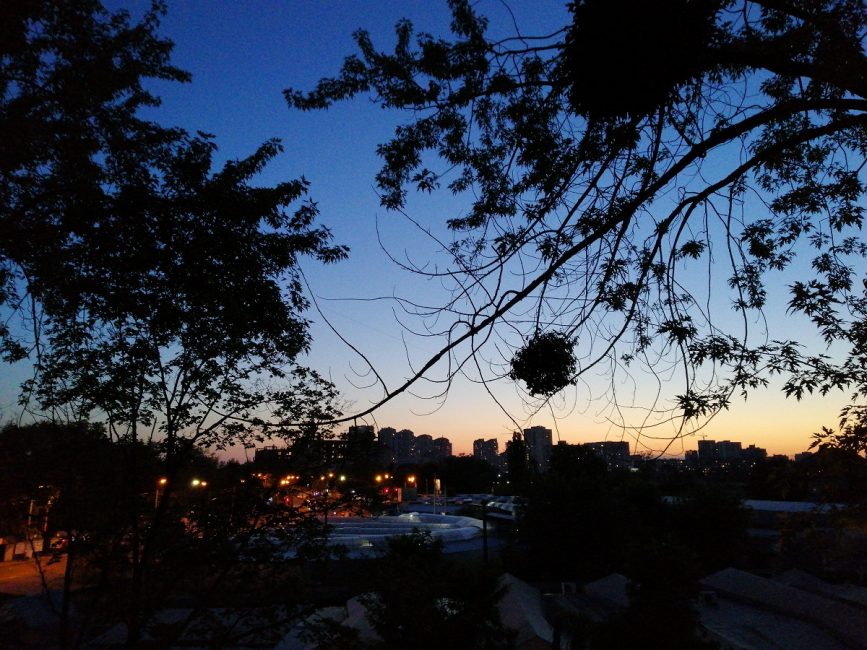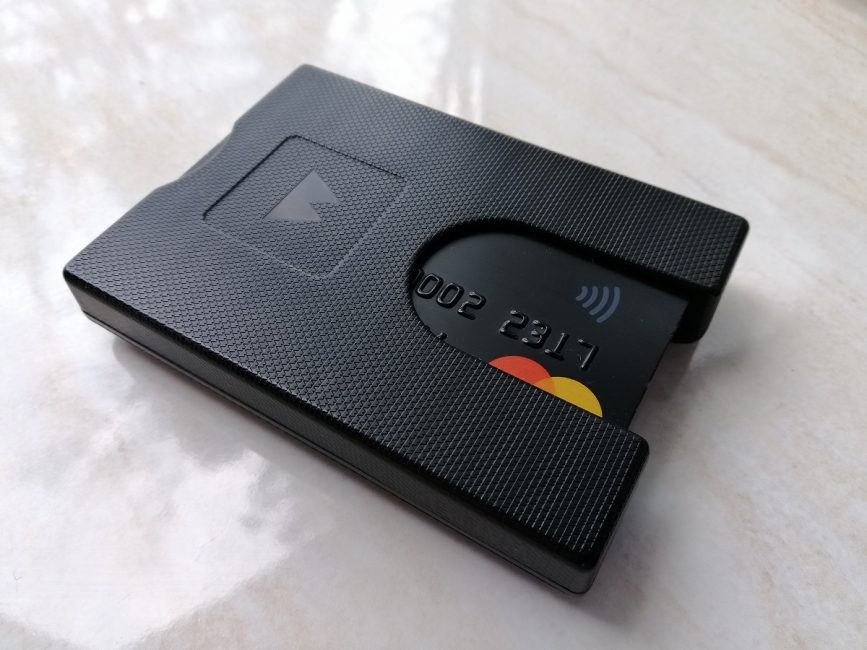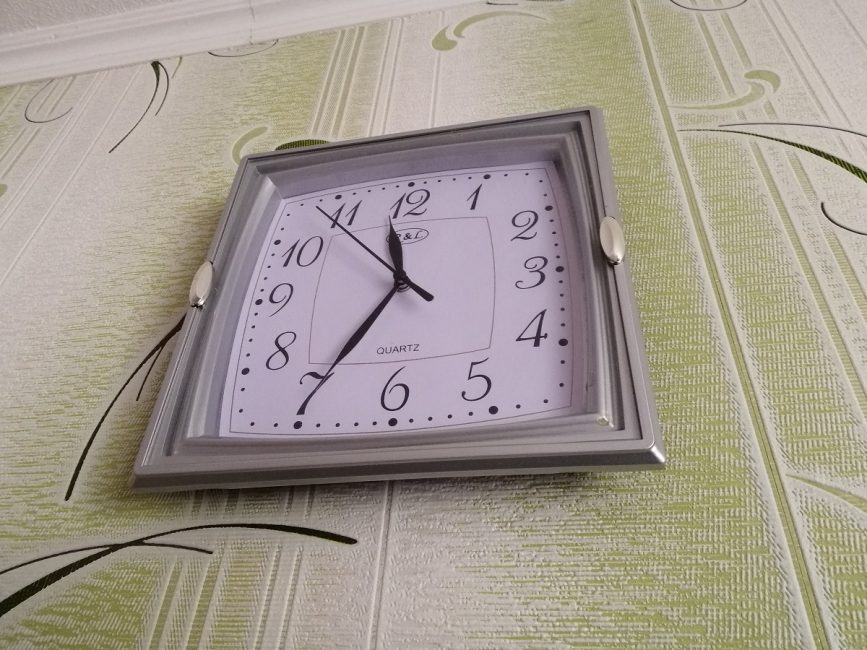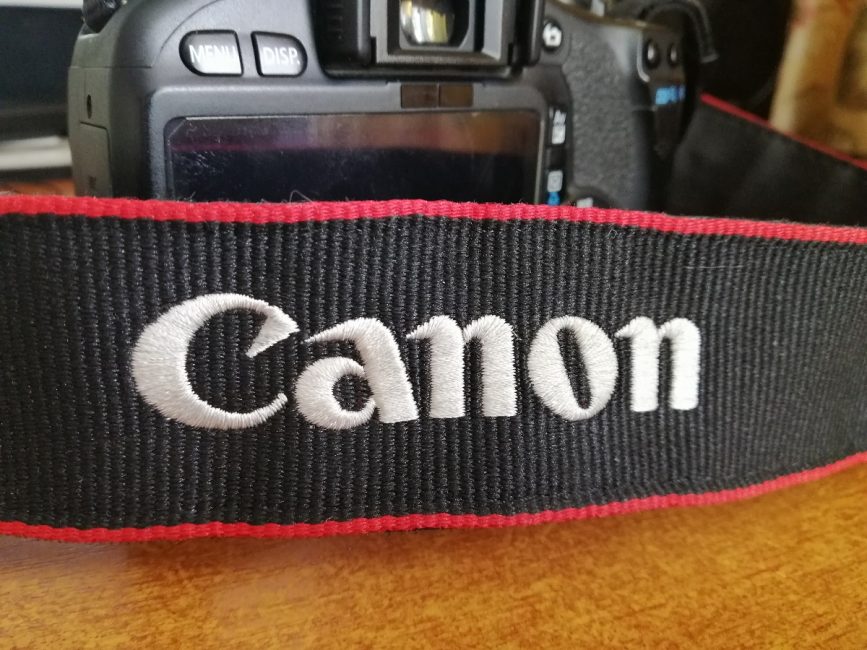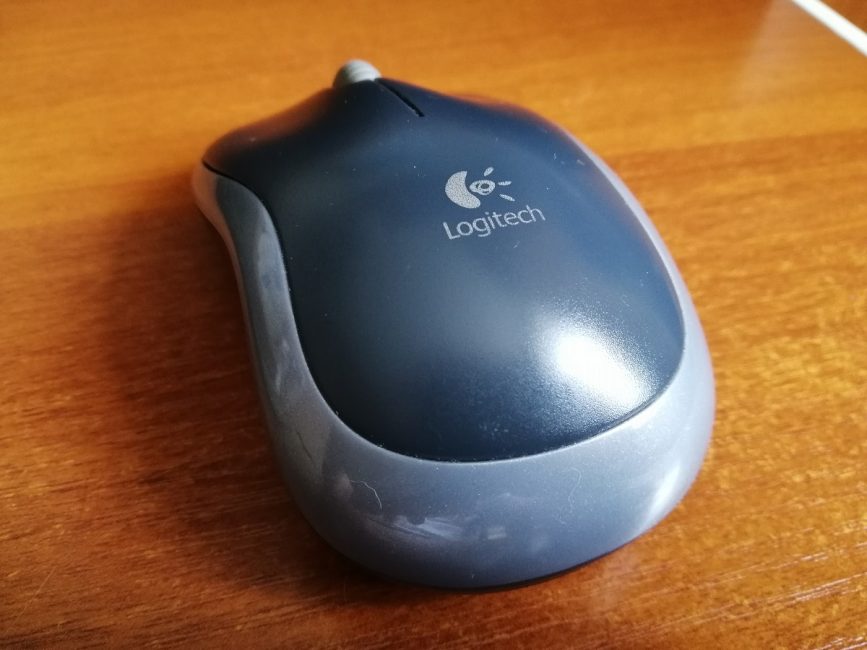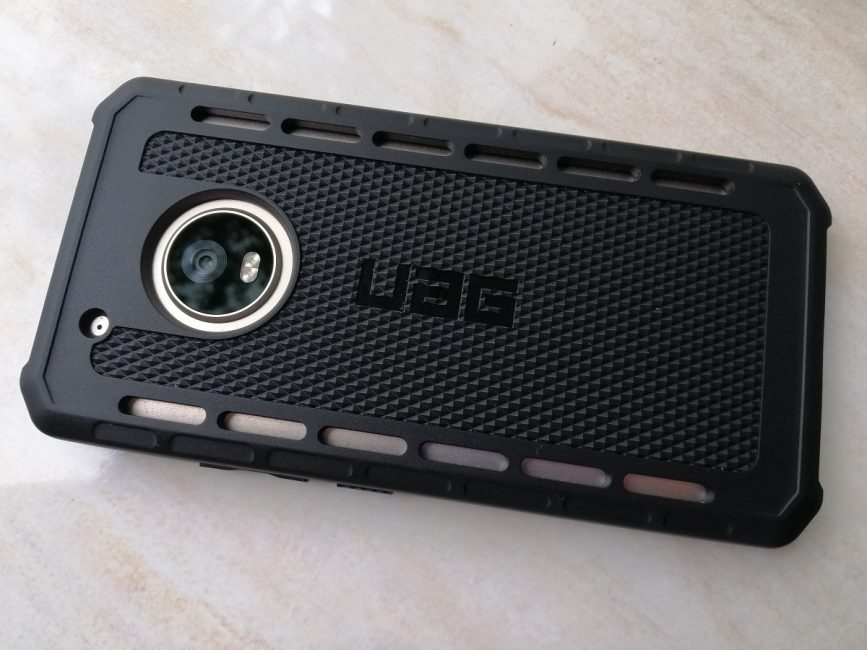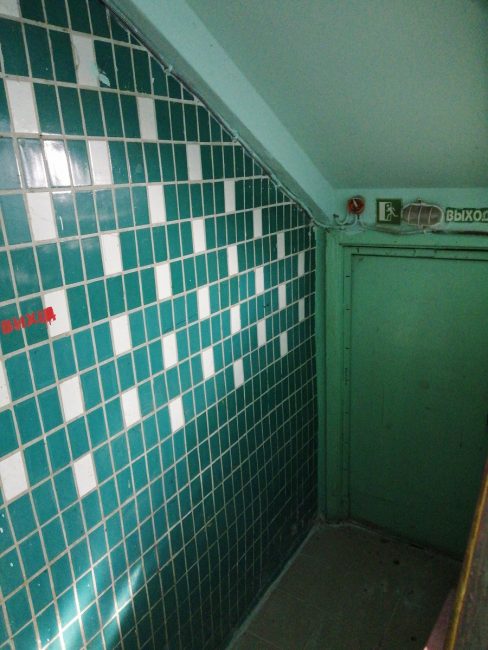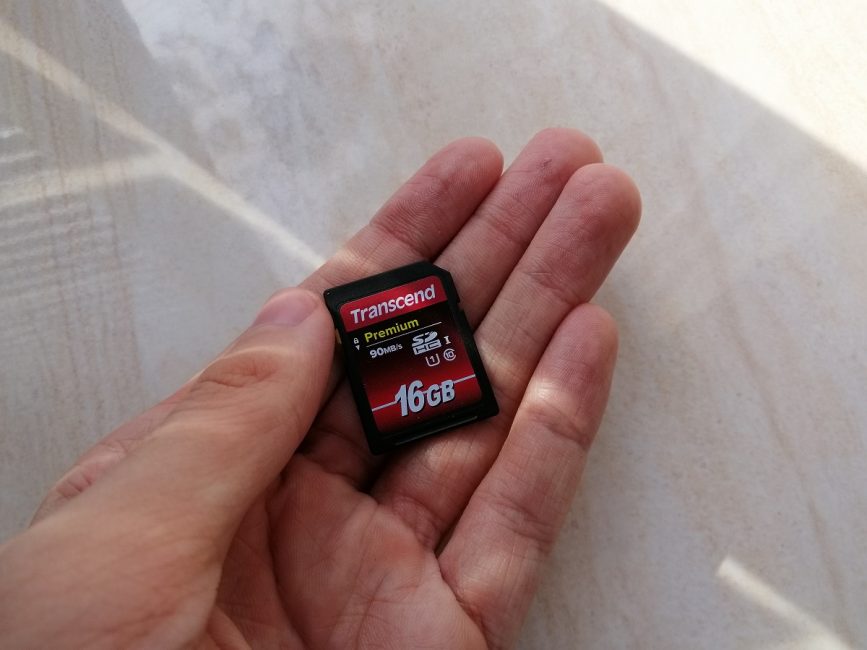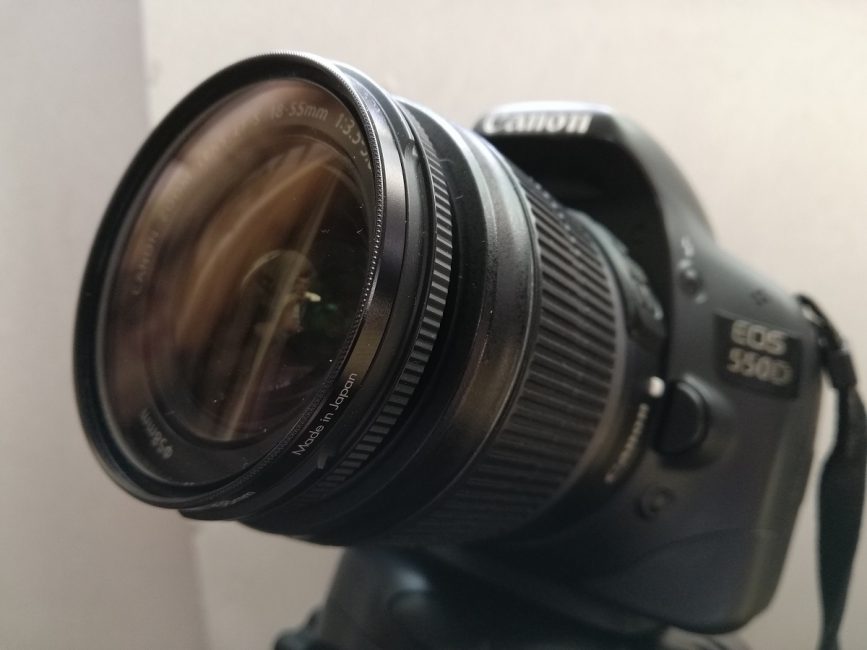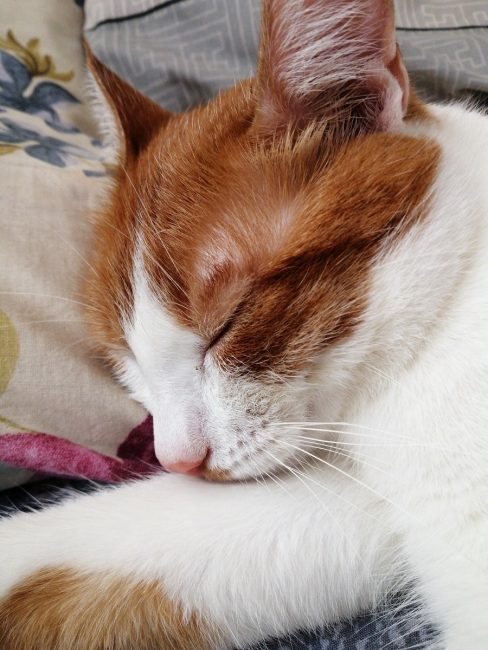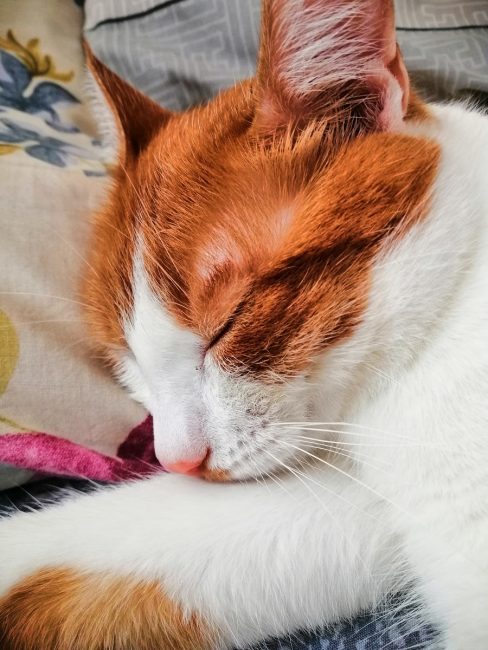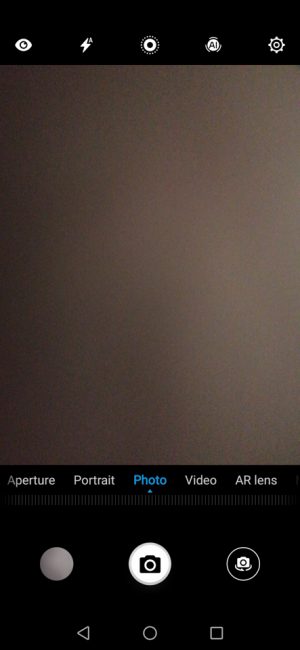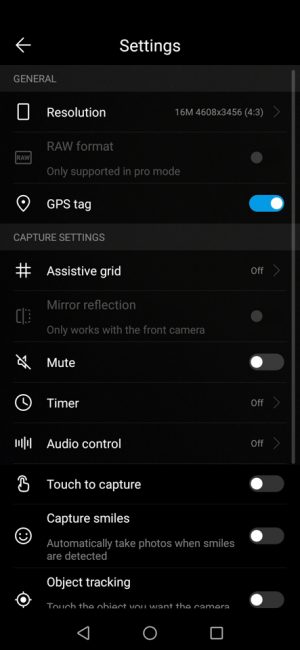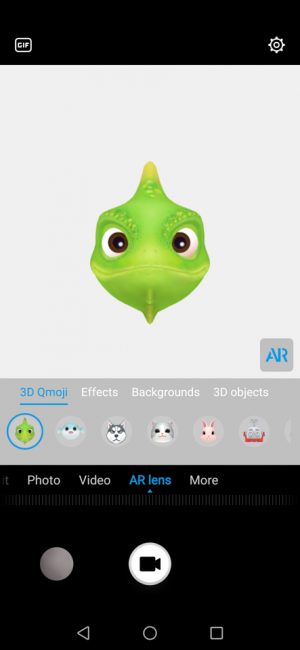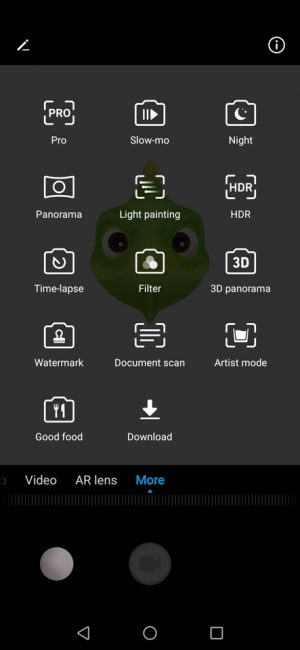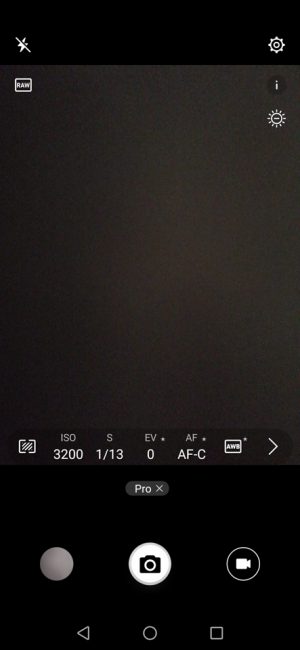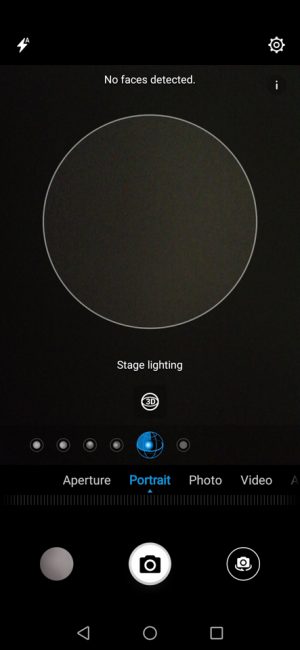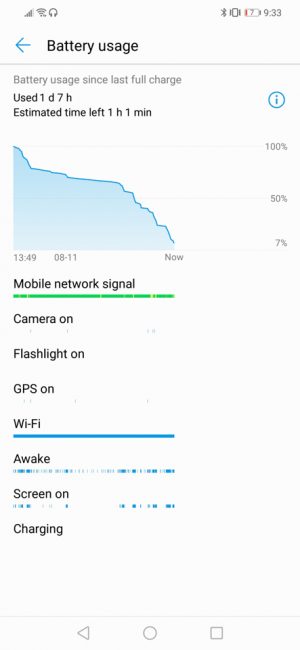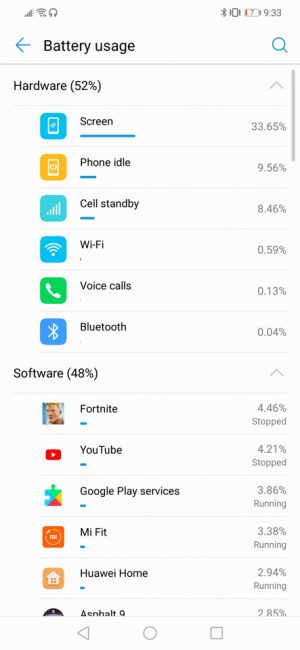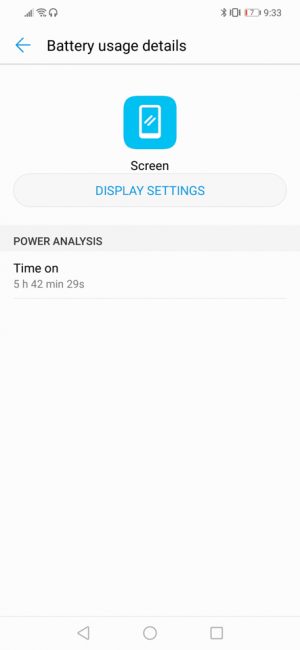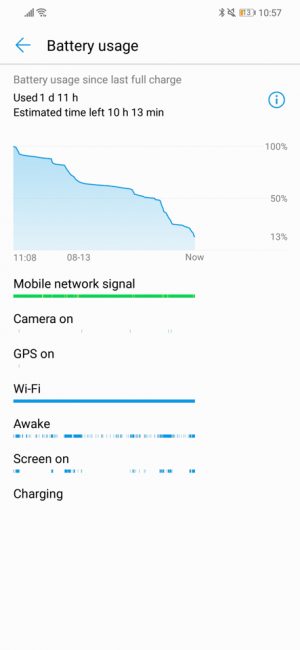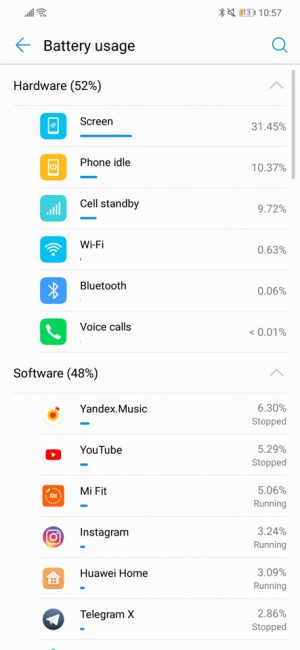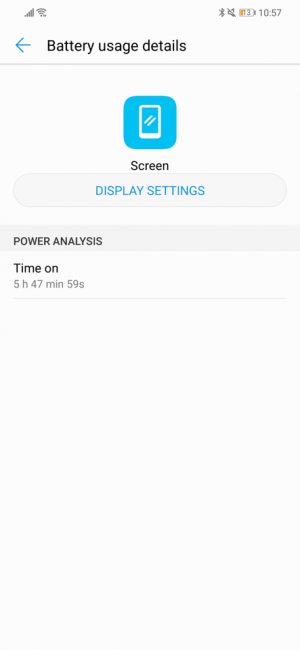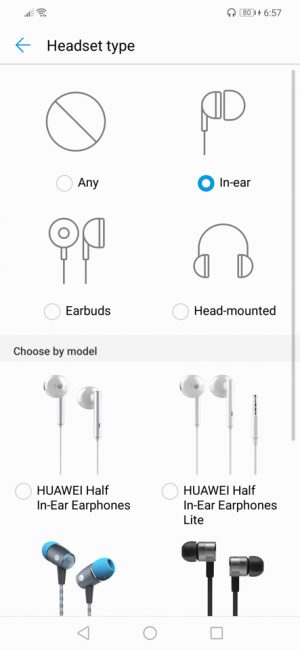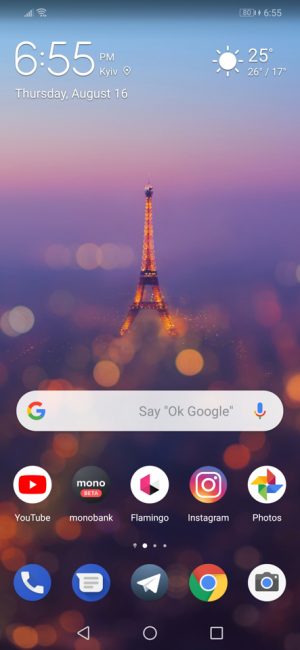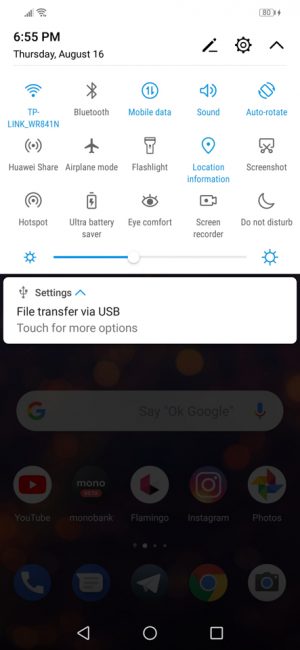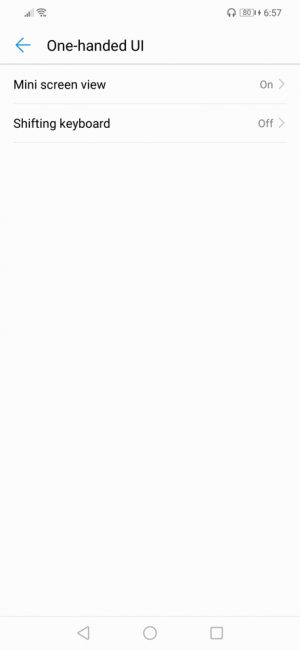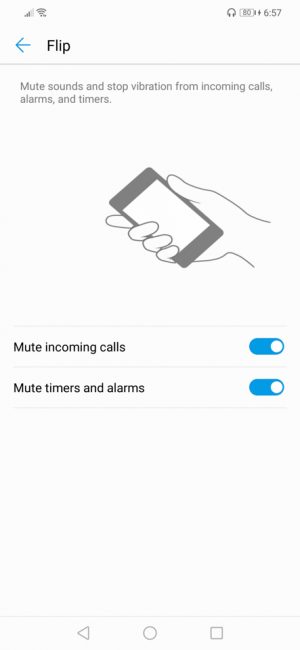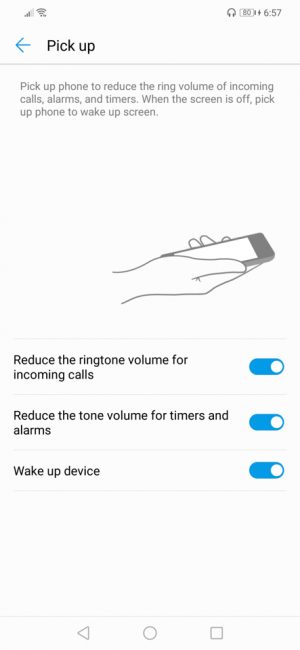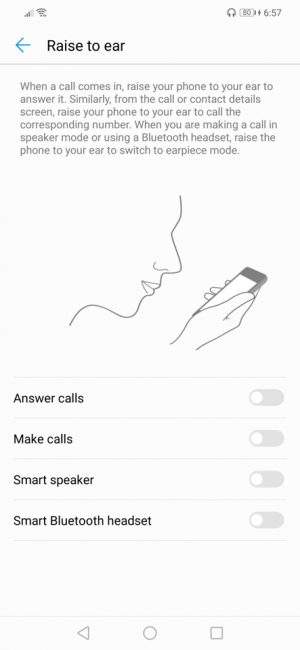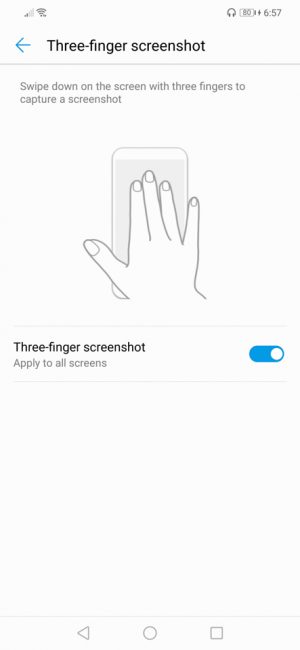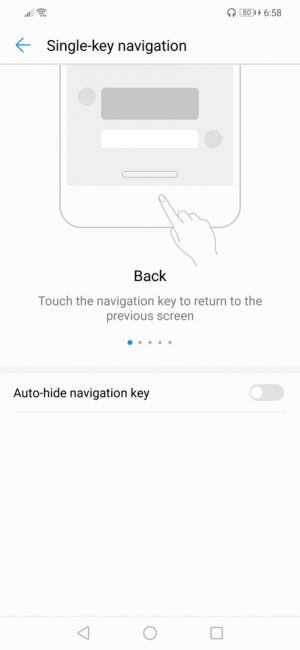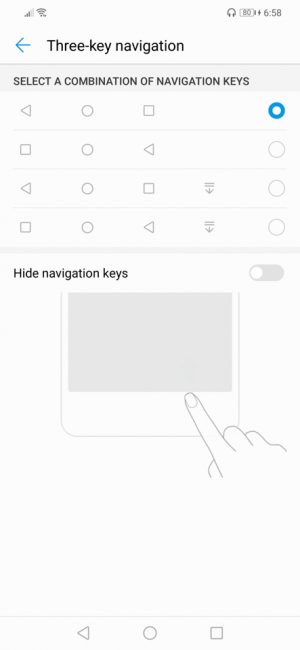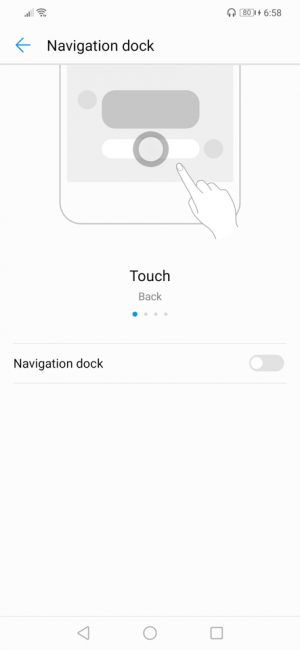© ROOT-NATION.com - Use of content is permitted with a backlink.
Let’s talk today about Huawei P smart+ – a new mid-ranger from Huawei. In some markets it’s known as Nova 3i. Is it a success and can it fight with others in this price range? That’s what we intent to find out.
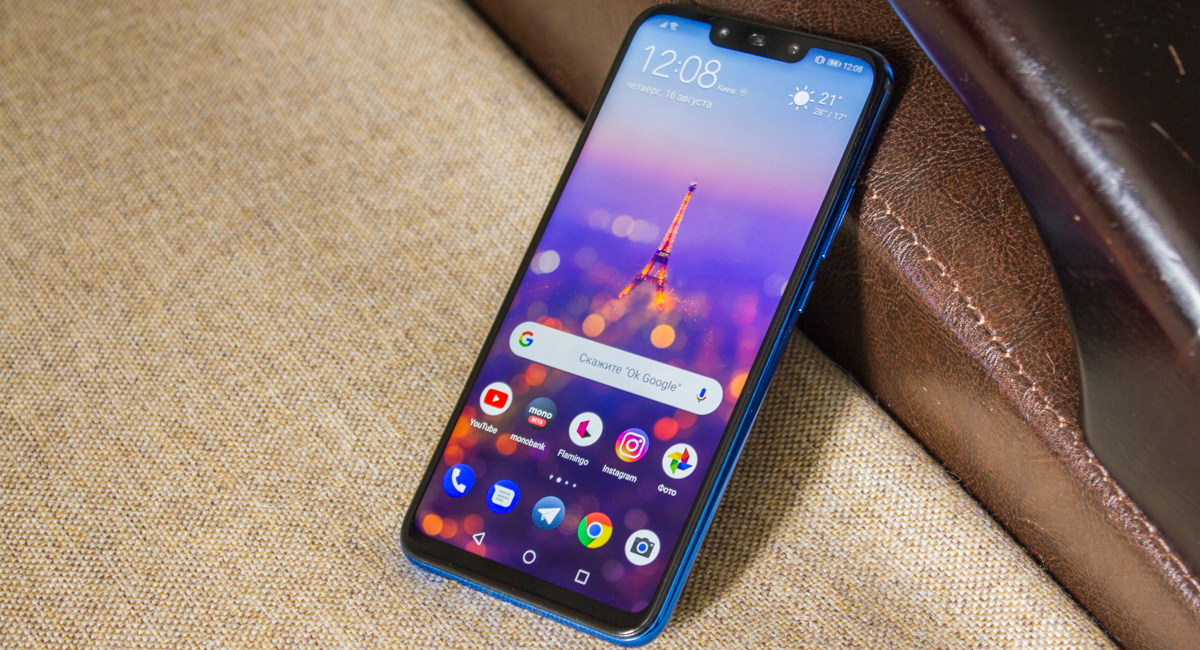
Huawei P smart+ specifications
- Display: 6.3″, IPS, 2340×1080 pixels, aspect ratio 19.5:9
- Processor: Hisilicon Kirin 710, 8-core (4 Cortex A73 cores with a frequency of 2.2 GHz and 4 Cortex-A53 cores with a frequency of 1.7 GHz)
- Graphics Accelerator: Mali-G51 MP4
- RAM: 4 GB
- Storage: 64 GB
- Support for microSD memory cards: up to 256 GB
- Wireless networks: Wi-Fi 802.11 b/g/n, Bluetooth 4.2 (LE, aptX and aptX HD), GPS, A-GPS, GLONASS
- Main camera: dual 16 + 2 Mp, f/2.2, PDAF
- Front camera: double 24 + 2 Mp, f/2.0
- Battery: 3340 mAh
- OS: Android 8.1 with EMUI 8.2
- Dimensions: 157.6 × 75.2 × 7.6 mm
- Weight: 169 g
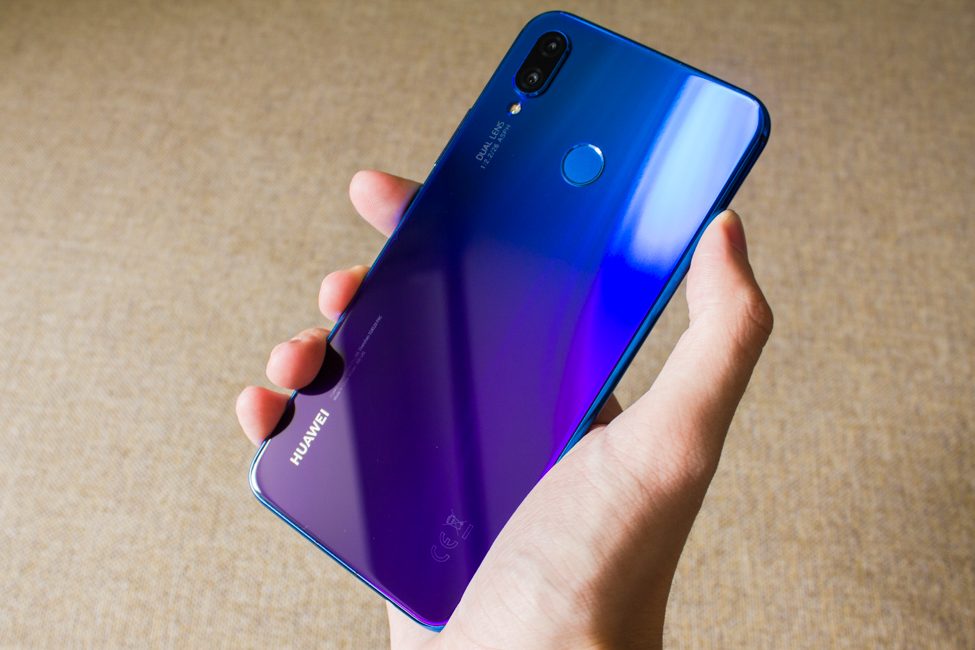
Design, materials and build quality
First of all I would like to note that P smart+ comes in two colors – for fans of strict appearance there is an inconspicuous black color, and for all others there is the coolest Iris Purple. I tested the latter model.
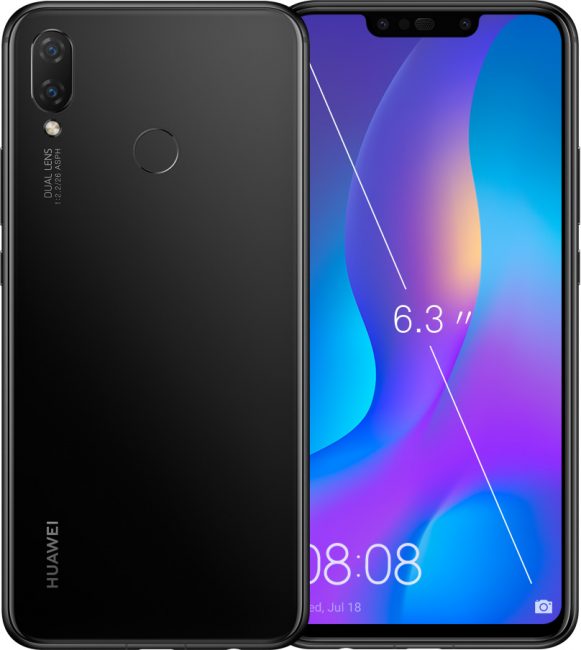
The back of my device is gradient and the colors flow from blue to violet. This effect looks very unusual, because you normally don’t expect cool design from a mid-raner. For example, Samsung Galaxy A6 (2018), which is even slightly more expensive than P smart+, is a lot less appealing.
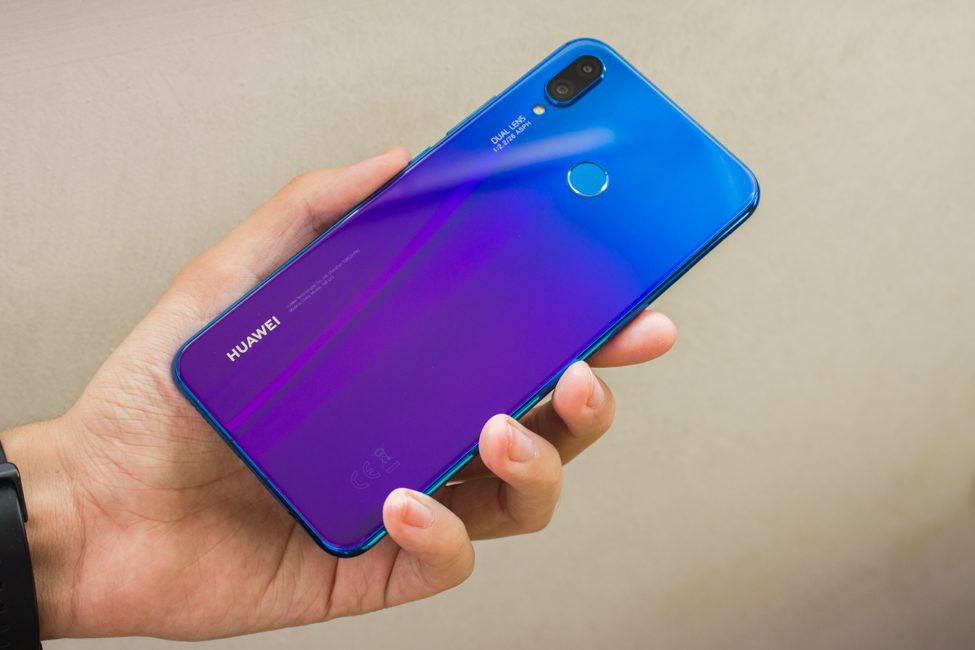
The predecessor, Huawei P Smart, also looks a lot less interesting. Progress is obvious.
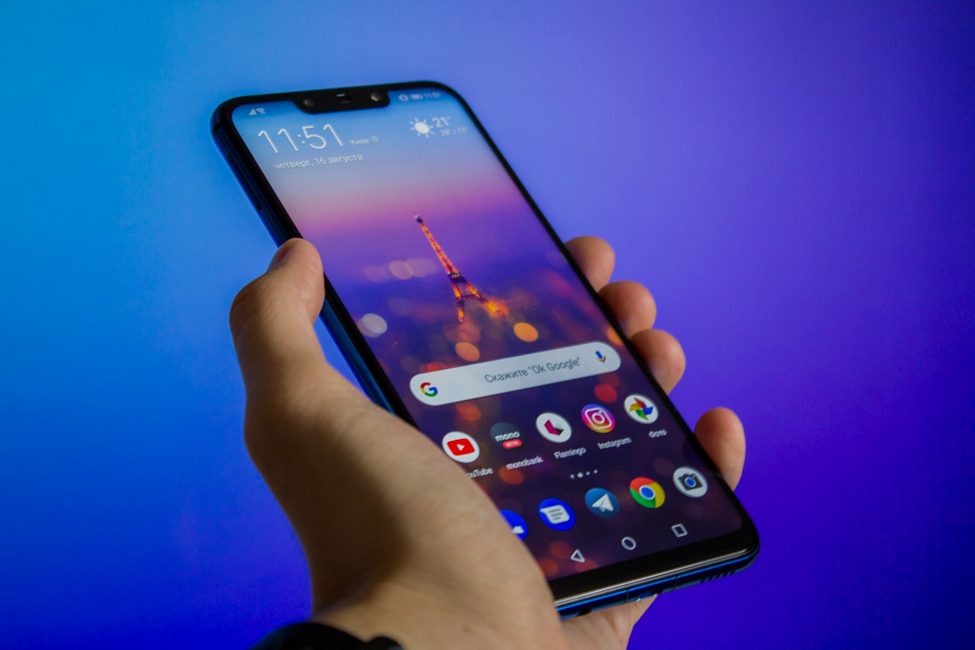
Not everything’s perfect though, and there are two things that seem out of place. First, we have the infamous notch – again. And then there’s a vertical camera block.
Some like it, some not. There’s nothing we can do. The device looks slightly like Huawei P20 Lite, but with some differences.
P smart+ has a bigger notch, the back looks more interesting due to the gradient, the frame under the screen is thinner and the manufacturer’s logo is finally gone.
Materials and design are similar – a slightly rounded glass front and rear, and a blue metallic frame around the perimeter of the smartphone. The build quality is excellent; the oleophobic coating is also at the highest level, so the tactile sensations from the smartphone are only positive.
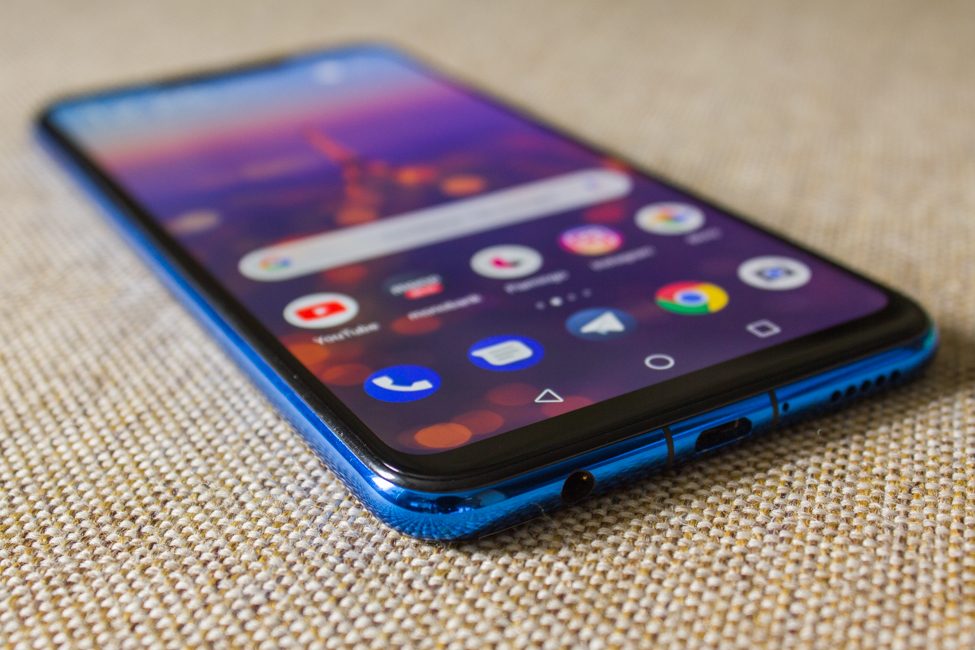
Gradient blue model does not attract that many fingerprints, but it collects A LOT of dust.
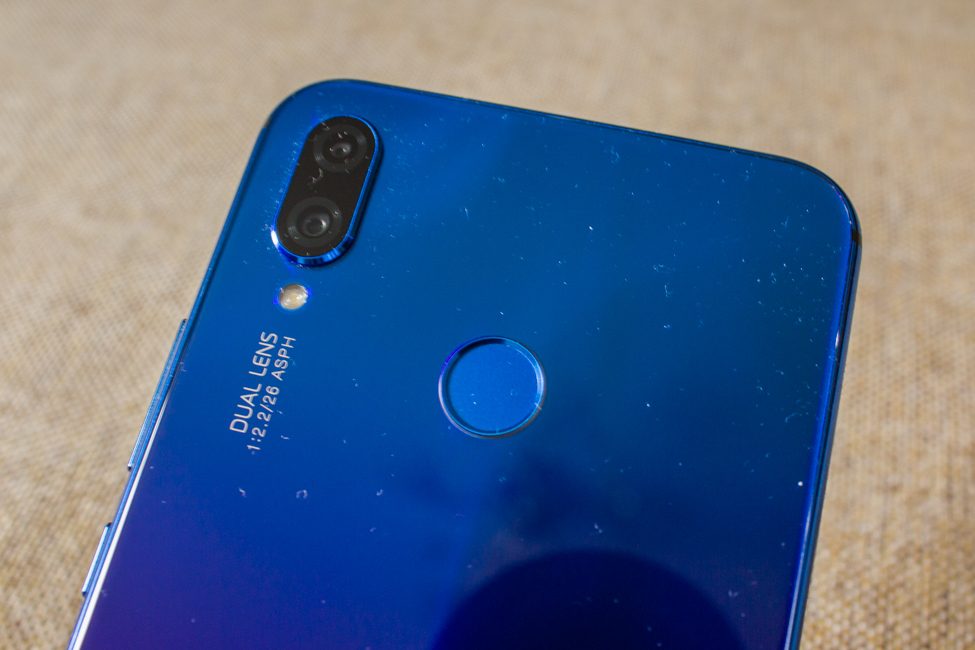
Elements’ configuration
As I already mentioned, P smart+ has a slightly larger notch than P20 Lite, but this is due to the fact that the manufacturer installed a second front camera. Why – I’ll tell you later. But, on the other hand, there are less application icons in the status bar.
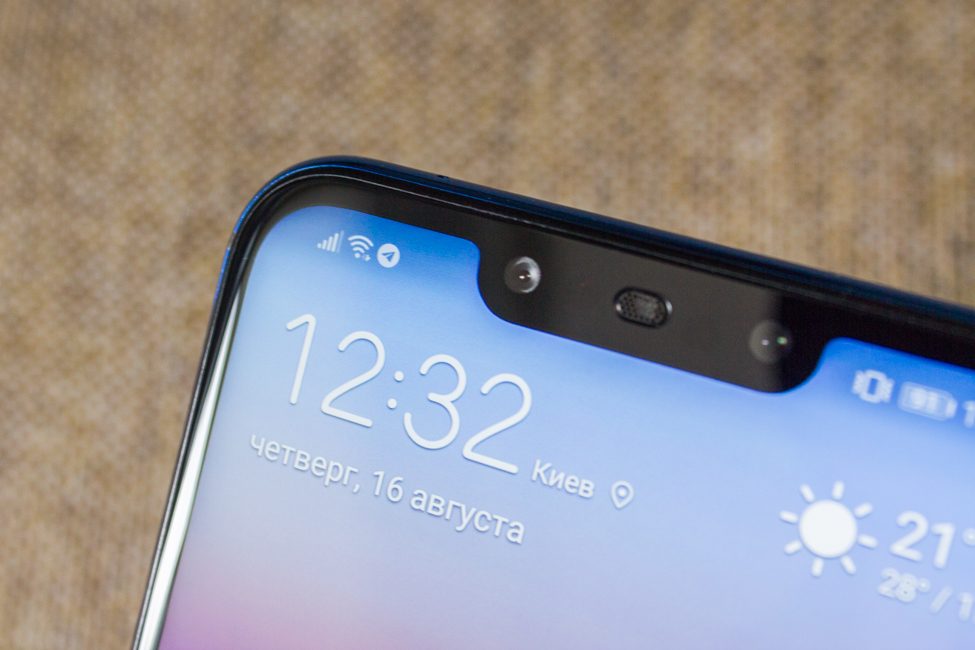
Also in the notch there are light and proximity sensors, a speaker and a LED notification indicator, located directly under the grid of the earpiece speaker
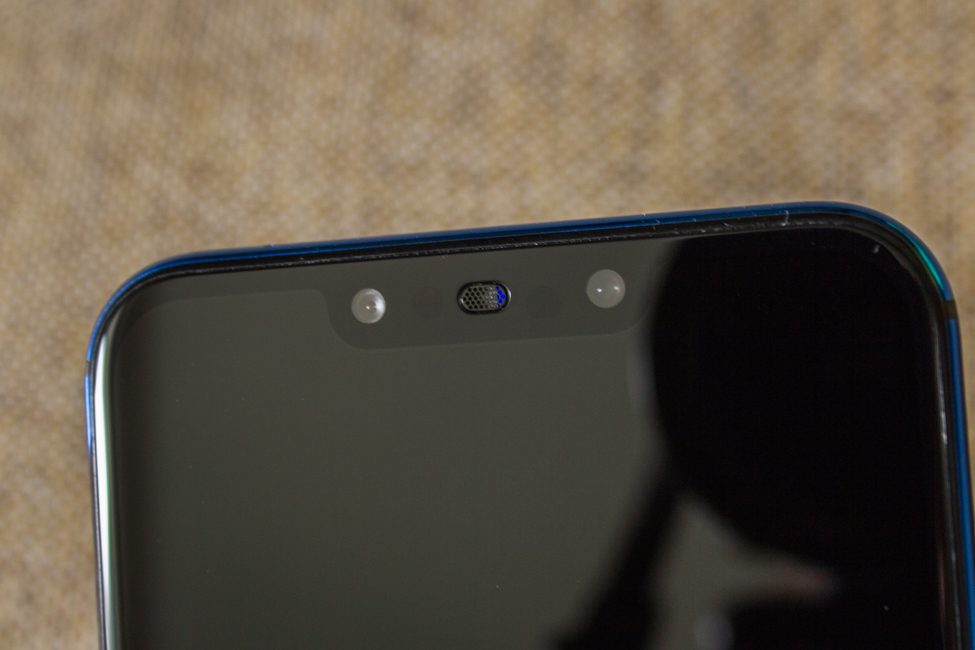
Under the screen is a relatively thin frame without the Huawei logo, but alas, it is still wider than bezels on the left and right.
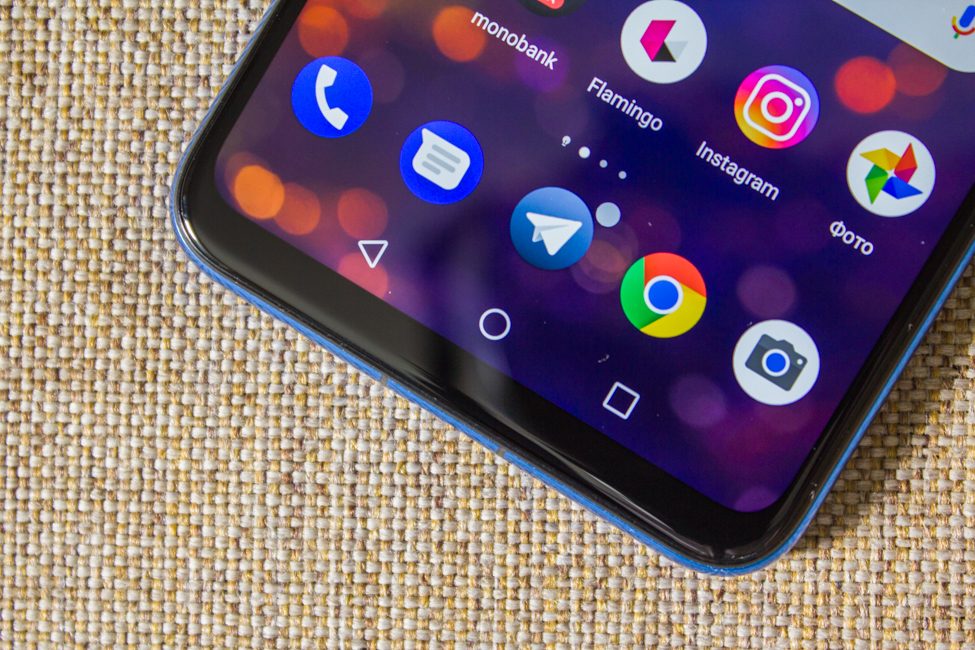
On the right side we see the power/unlock button, the volume control button and the plastic splitter for the antennas.
On the left side there is an insert for antennas and a plastic combined slot for two SIM cards (nano) or one SIM-card and a microSD memory card.
On the lower edge in the center is the microUSB port. Of course, an outdated port is bad news, even for this price. Such thing should not fly in 2018. There is a feeling that until Apple introduces Type-C in iPhones, the manufacturers will not stop installing microUSB in their devices.
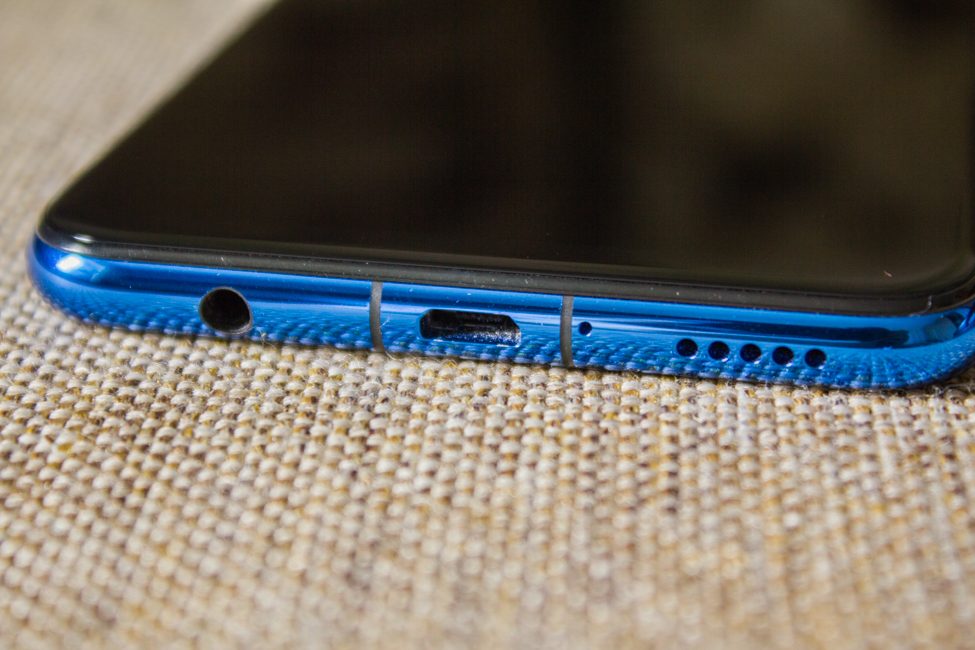
On the sides to the port there are two more plastic antenna splitters. To the left of one is a 3.5 mm audio jack – thank you Huawei. On the right is the hole of the main microphone and 5 holes of the main speaker.
On the upper side we see only a hole with the additional microphone.

On the back in the upper left corner is a camera block. The glass is only slightly recessed into the metal frame. Under the block is a single flash and characteristics of the optics.

Everything else is typical – the fingerprints scanner in the middle, vertical Huawei inscription and other service information at the bottom on the left.
Ergonomics
Despite the large display diagonal (6.3″), Huawei P smart+ is relatively convenient. Mostly because it’s not very wide. Of course, not everyone can use it with one hand, but I managed.
The scanner on the back is located in the ideal location – the index finger lies directly on the pad. To use the mechanical control keys, too, you do not need to intercept the device.
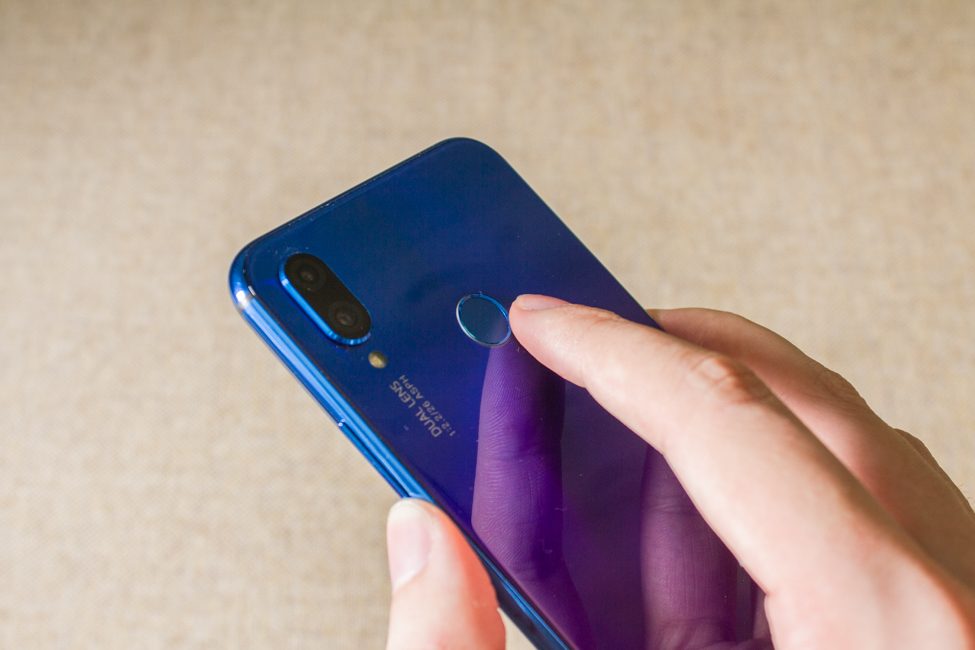
But due to the fact that the oleophobic coating is applied from both sides, the device can slip from the uneven surface or from the hands.
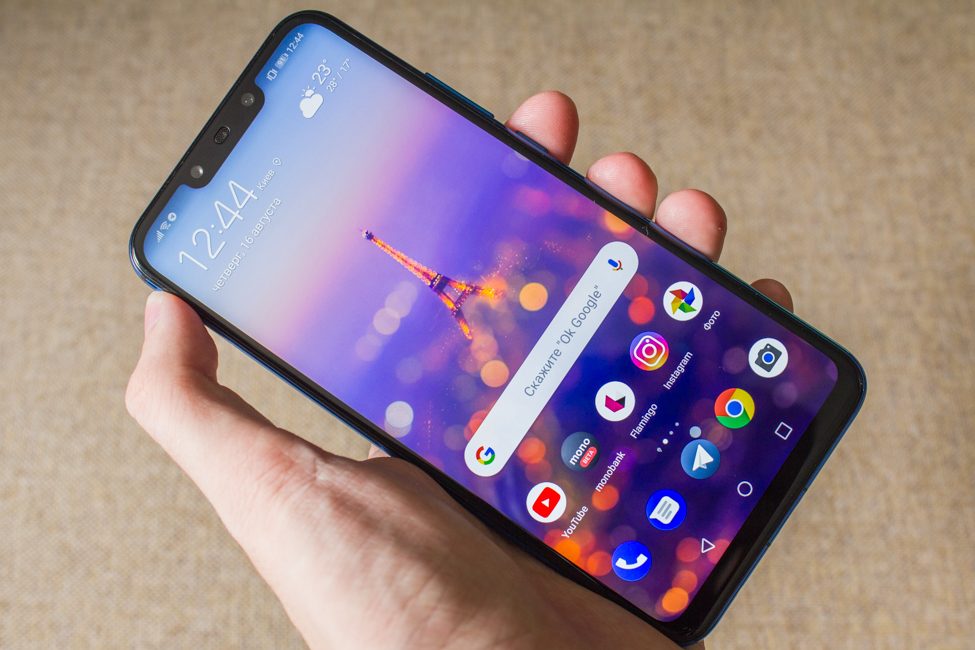
Huawei P smart+ screen
Huawei P smart+ has a 6.3″ screen. IPS Matrix, resolution of 2340×1080 pixels, density of 409 dots per inch.
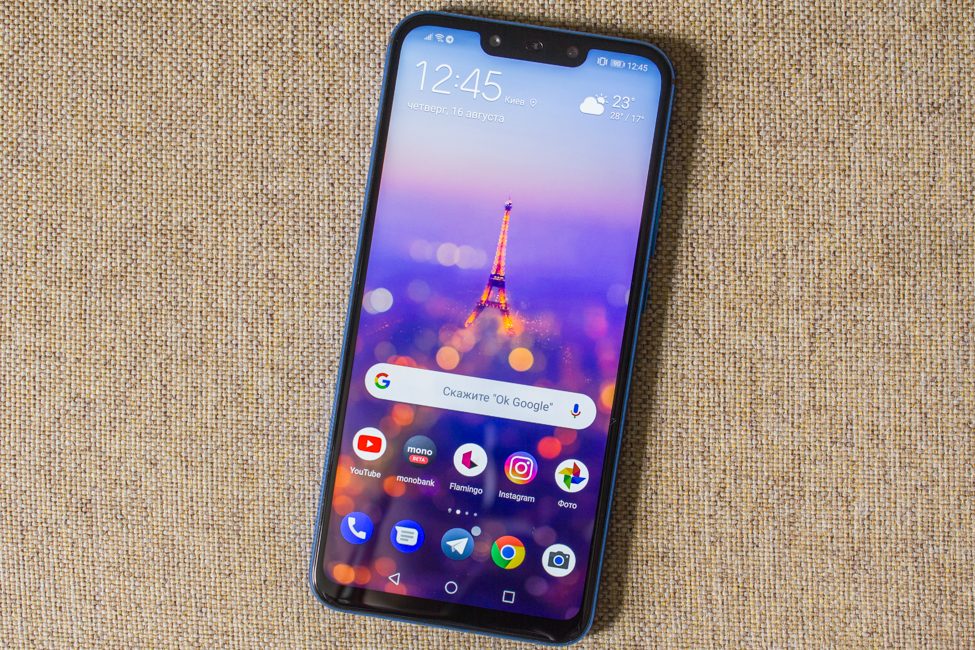
The aspect ratio of the display is 19.5:9, and if you hide the notch with standard tools, you will get a standard 18:9. The ratio of the screen area to the frontal part is about 82.2%.
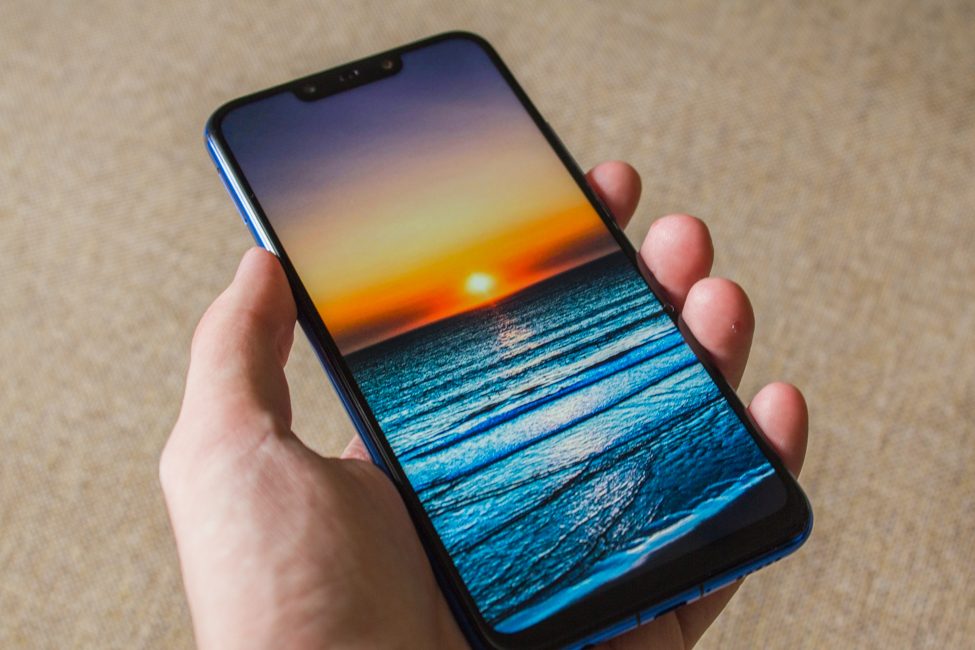
The display itself shows remarkable results by all criteria. Excellent maximum brightness on a sunny day, the minimum brightness is also comfortable for using the smartphone in the dark.
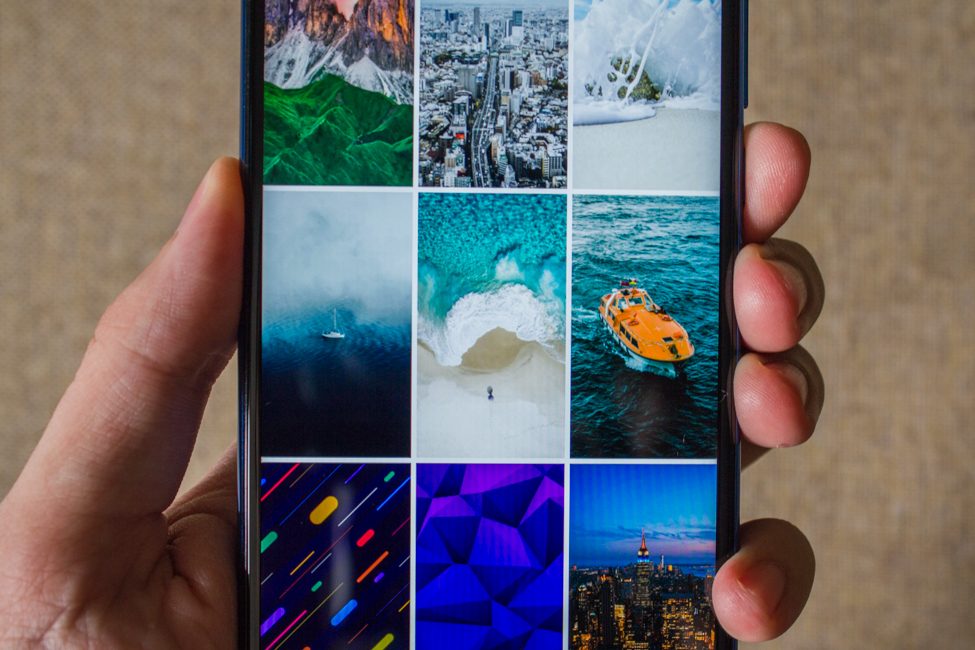
Contrast and color rendition are very good. Good viewing angles, auto brightness adjustment works correctly.
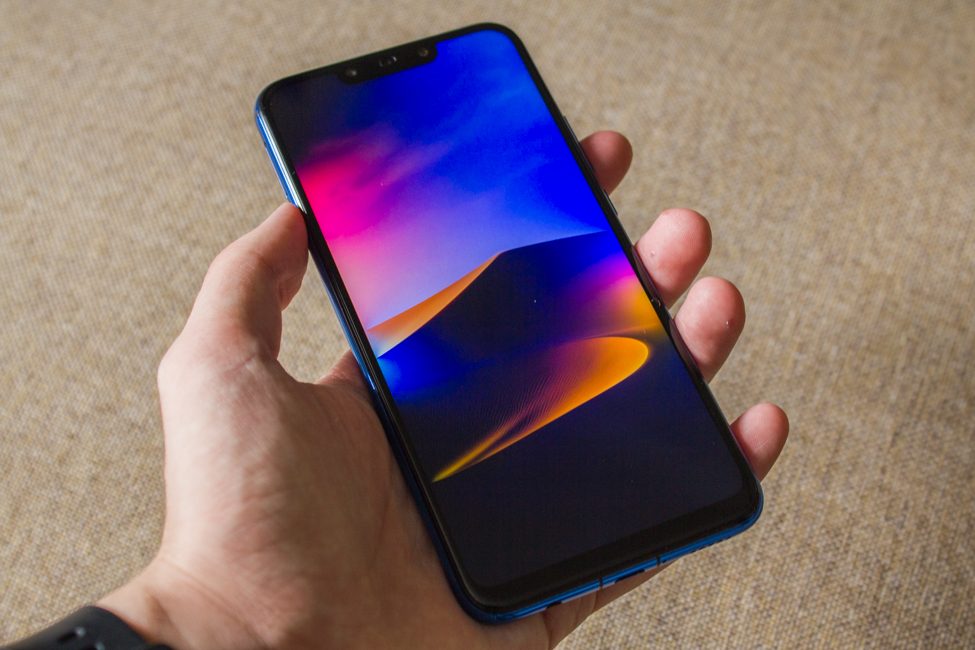
In general, the screen here is really good. Personally, I think that’s it’s on the same level as P20 Lite.
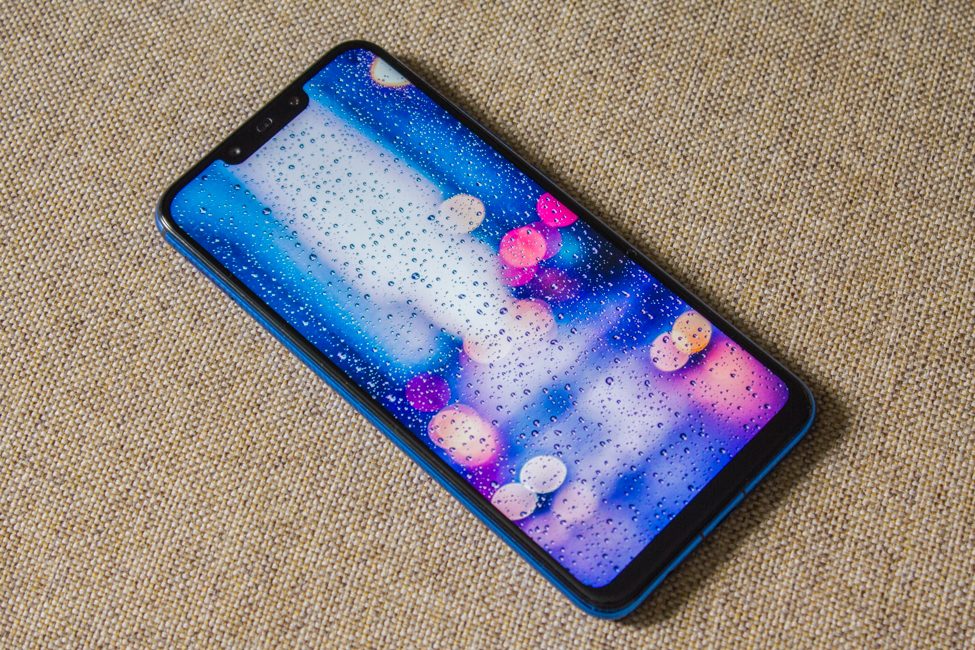
In the settings, you can select the color mode – “normal” or “bright.” In the first the colors are less saturated, and the color temperature is warmer. In the second mode colors are more saturated and the temperature is colder. I liked the second mode best.
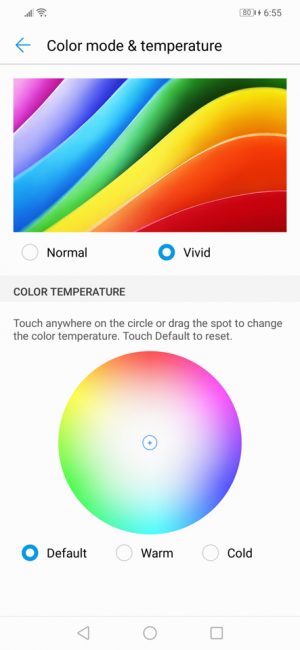
In addition, there is a night mode and a function to reduce the screen resolution from FHD+ to HD+. The difference between them is noticeable to the naked eye, but when you want to save battery power, it’s a viable option.
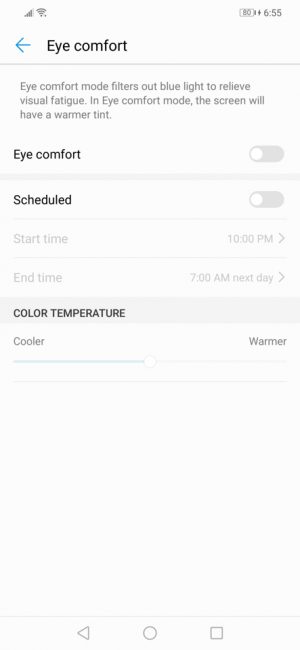
Naturally, the notch here is hidden by program filling the areas to the left and to the right of it. If you want to hide the notch, you can. With the filling of the statusbar, the smartphone becomes asymmetrical, which is a shame.
The user can also choose which applications hide the notch and which don’t.
Performance
Huawei P smart + is the first smartphone on the new processor from the manufacturer – Hisilicon Kirin 710. Technically this chip is made on a 12-nm process technology and consists of 4 Cortex A-73 cores with a frequency of 2.2 GHz and 4 Cortex-A53 cores with a frequency of 1, 7 GHz. Mali-G51 MP4 is the graphics accelerator.
The new chip includes additional coprocessors – ISP (image signal processor) and DSP (digital signal processor).
I couldn’t test the smartphone in popular benchmarks (I have to wait for the firmware update). But I tested it in 3DMark, where it demonstrates the following results:
- 3DMark Sling Shot Extreme = 955
- 3DMark Sling Shot Extreme Vulkan = 1113
- 3DMark Sling Shot = 1336
In short, this processor should replace the popular, but older Kirin 659 processor, which was installed in P Smart and P20 Lite. And it does the job just fine.
The gadget has 4 GB of RAM and 64 GB of storage. As far as I know, in some countries there is a 6/128 GB modification, but in Ukraine there’s only one – 4/64. That memory is more than enough, and most apps run with no problem. The user has about 50.52 GB of storage. It can be expanded, but by sacrificing a SIM-card.
The competitor Galaxy A6 only has 3/32 GB, and it costs more.
In everyday tasks, the smartphone works fine. The shell interface does not slow down. Applications start quickly, no friezes or lags were noticed. What else is there? Ah yes, games.
Here, the manufacturer also brought something new to the table, namely, support for GPU Turbo technology. Theoretically, it will allow increasing the processor and video accelerator performance, simultaneously reducing the power consumption in comparison with the “usual” graphics processing mode.
How does this work in practice? First of all, to enable the GPU Turbo, you must first add the game to the “Game Center” application and include the “Games Acceleration” option in it. Thus, the system settings are optimized and the performance in games is increased, but the power consumption will be slightly higher, too. In addition to this function, in the center there is also a “Games without pauses” feature. If it is enabled, all pop-up notifications, except for calls, alarm and battery, will not be displayed on the screen during the game.
Without this function, the smartphone runs games fine, but I would recommend running them through the center, because there is still a difference for the heavier ones. For example – PUBG Mobile runs at high settings. If you run it simply from the desktop, it does not go very smoothly, there are dropdowns of FPS, but if you start from the game center, everything changes – the game runs smoothly and there are almost no delays.
WoT Blitz at the maximum graphic settings not from the Game Center is not playable, (20-30 fps on average), and with the use of the game center the game ran at 40-50 fps. But Asphalt 9 on high runs excellent in aby mode. Casual ones run with no problems.

The phone overheats a bit when playing.
Huawei P smart+ cameras
The phone has a dual camera. The main module has a resolution of 16 megapixels and f/2.2 aperture, and the second one is 2 megapixels. The second module is needed to create bokeh effect. The camera also relies heavily on AI.
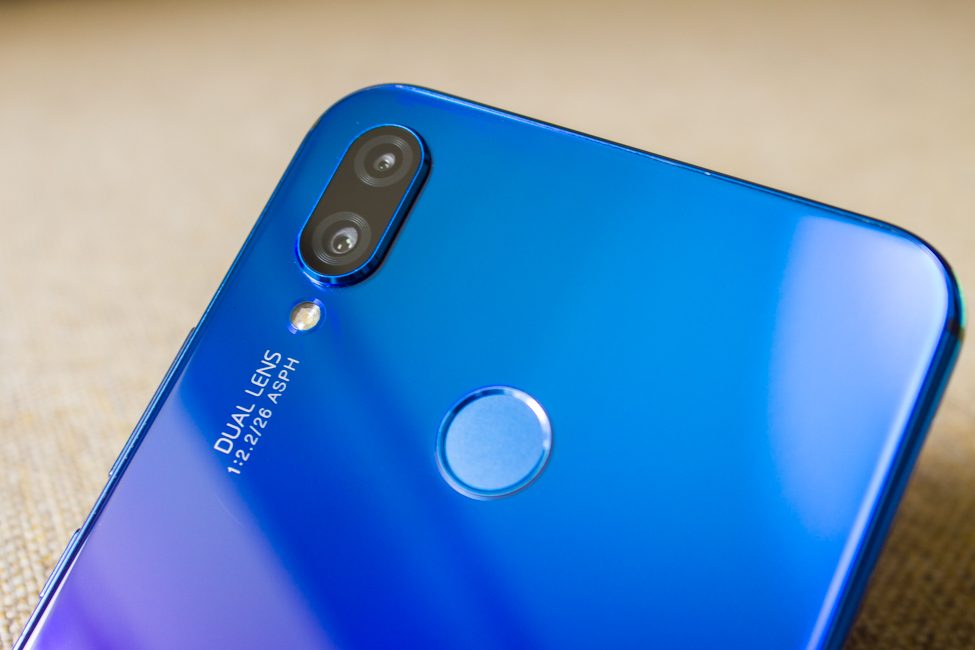
Huawei P smart+ can make high-quality images with good detail and a fairly wide dynamic range in good light. In dark we have the usual problems: the details are lost and noise appears. Autofocus is fast and accurate, the camera’s shutter speed is also high. You can easily take a good macro shot – the minimum distance between the camera’s eye and the subject is about 5-6 cm.
Color rendering without AI enabled is more or less neutral, and with it the pictures become more saturated, sometimes even too much. AI detects 22 shooting scenes and tries to find the optimal parameters. An example of a snapshot without artificial intelligence and with it is below.
The smartphone records video at the maximum resolution of FullHD (1920×1080) with 16:9 or 18,7:9 ratio with 30 or 60 frames per second. You can also select the codec of the recorded video: H.264 or H.265. But as to why there is no 4K and electronic stabilization I don’t know. But there is a slow-motion mode in 720p at 480 or 120 fps. Also there is an accelerated mode with the resolution of 1280×720. The video quality is average.
The front camera here is also dual – the main module at 24 megapixels (f/2.0) and the second at 2 megapixels. The video quality is 1080p.
The selfie camera is decent, with nice tonal improvements and filters, the HDR Pro mode and artificial intelligence. In addition, there is a bokeh mode, different 3D effects and the most important 3D Qmoji feature.
In the camera application there is an incredible number of different options. Bokeh, portrait mode, live photos, augmented reality, shooting modes for various scenes and so on. There’s your usual manual mode, which allows you to save photos in RAW format.
In general, the camera application deserves your attention. Cameras overall are very good.
Unlocking methods
As usual for Huawei devices, everything here is perfect in terms of unlocking and authentication. Lightning-fast fingerprint scanner and quick face recognition are all here.

The scanner on the back works 10 times out of 10. It’s accurate and fast, and besides, you can control the camera’s descent, answer a call, turn off the alarm, open the notification panel and flip through photos in your home gallery.

About unlocking via face recognition. You can still add only one person and choose the unlock process: you either activate the screen and identify the person, or immediately get to the desktop or an open application. Smart notices also return.
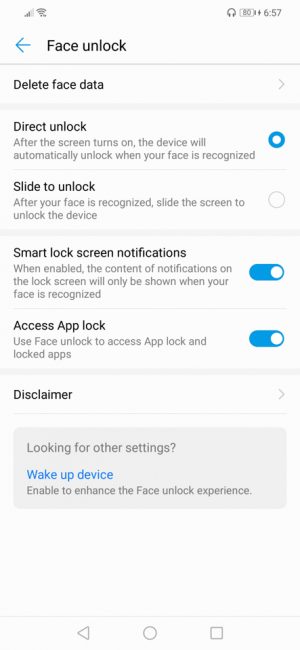
But this method got a little better. First, now in the dark the brightness of the screen increases, thus highlighting the face. Thanks to that it’s possible to activate the screen in any condition. Plus there’s a new ability to open blocked app not only with a fingerprint scanner but also with face recognition.
The feature works fine. When properly illuminated, it works only slightly slower than the scanner. In general, it’s a good alternative.
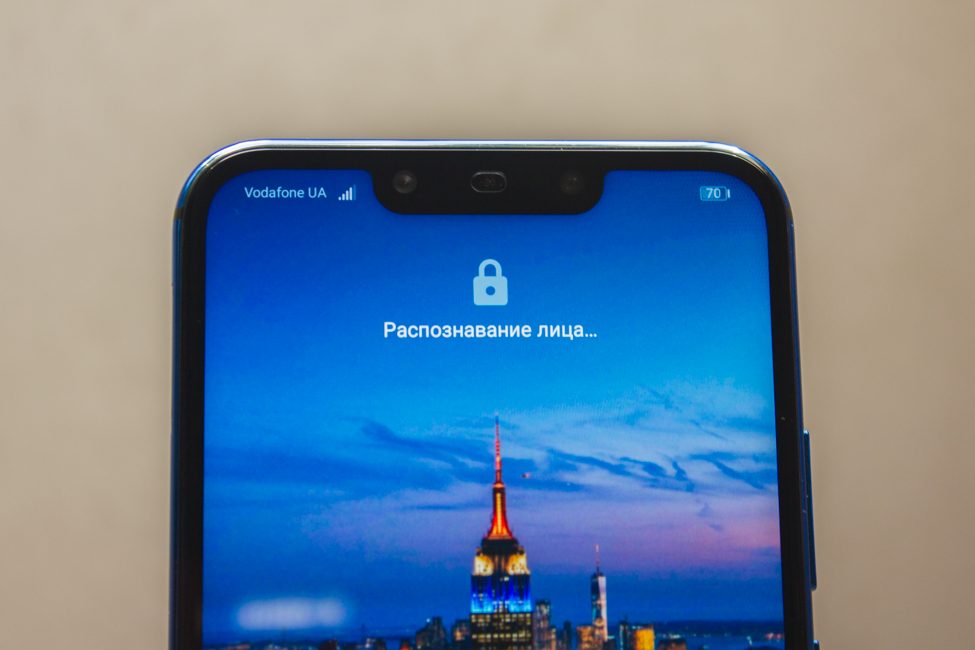
In addition to everything said you can turn on the option to activate the screen of the device when you pick it up. In this case, for example, when you lift the smartphone from the table it will be unlocked literally in a couple of moments.
Battery life
The capacity of the built-in Huawei P smart + battery is 3340 mAh. It does not survive for long, but I can’t blame it really considering such a big display. When I was using the phone, it worked for 5 hours and 40 minutes.
Simply put, you get one light day with active use or 1.5-2 days wiht moderate. But if you want, you can figure out the energy saving modes and limit the number of running apps in the background. That way you get a better result.
Due to the lack of a bundled charger with my test sample, I cannot say anything about charging speed. I just remind you that microUSB port is not good news in any case.
Sound and communication
The earpiece speaker is excellent. The multimedia speaker is not distinguished by any features, so yes, it’s more or less average. There are no low frequencies, the middles and highs are very clear.
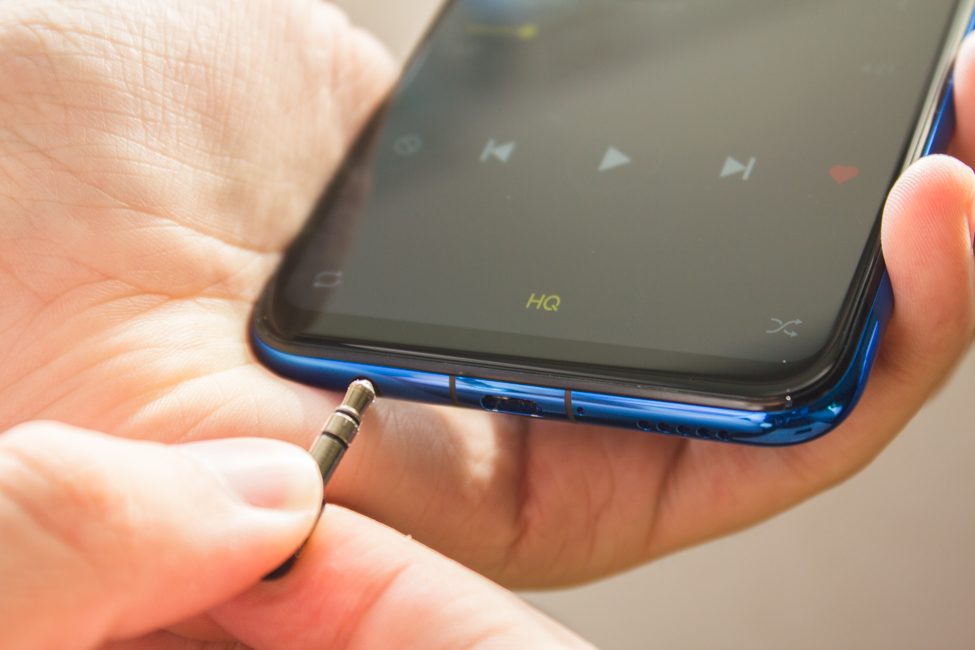
By default, the sound is the headphones is okay and I recommend immediately adjusting it to specific headphones and your preferences. For this, use Huawei Histen. There you can select the playback modes from 4 possible types of headphones: in-channel, plug-in or overhead. There is even a choice of the model, just like in MIUI. Only headphones from Huawei are supported.
Now let’s talk about negatives – the communication capabilities of Huawei P smart+. They work fine – that’s not the problem. They are: Wi-Fi 802.11 b/g/n, Bluetooth 4.2 LE with support for codec aptX and aptX HD and GPS (A-GPS, GLONASS).
I think some of you already guessed what the problem is. First of all, the Wi-Fi module does not support networks that operate in the 5 GHz band – only 2.4 GHz. Not a big issue for some, but an issue nonetheless.
The second problem is more serious. I’m talking about the NFC module and Google Pay support – or about their absence. This surprised me very much, because the predecessor (Huawei P Smart) had all of this. Absolutely unjustified and inexplicable downgrade.
The manufacturer has implemented some AI functions in communication. For example, the HUAWEI GEO 1.5 system, which should provide more accurate positioning and intelligent noise reduction.
Firmware and software
Huawei P smart+ runs on Android 8.1 Oreo OS and the proprietary EMUI shell 8.2. The firmware actively uses artificial intelligence, as I have already described in separate sections of this review, but there is no separate NPU block, (like in a flagship). Nevertheless, there’s still lots of features thanks to AI.
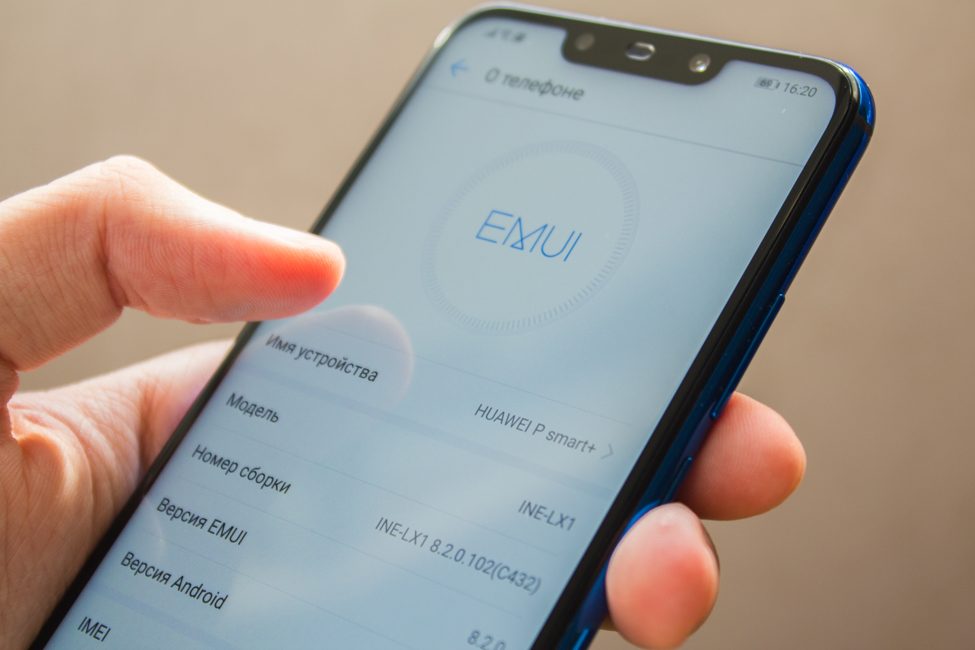
EMUI 8.2 has some new elements: the notification curtain is now white. And a small observation – the built-in wallpapers have a set of images with animals, that hide the notch with unusual methods.
Nothing unusual for EMUI. Customized themes, one-handed control, gestures, cloning of applications and several ways to navigate the system: using a single navigation button, a familiar set of navigation buttons and a floating dot.
Verdict
Huawei P smart+ is a good modern mid-ranger with cool design, great build quality, nice screen, decent cameras and okay hardware.
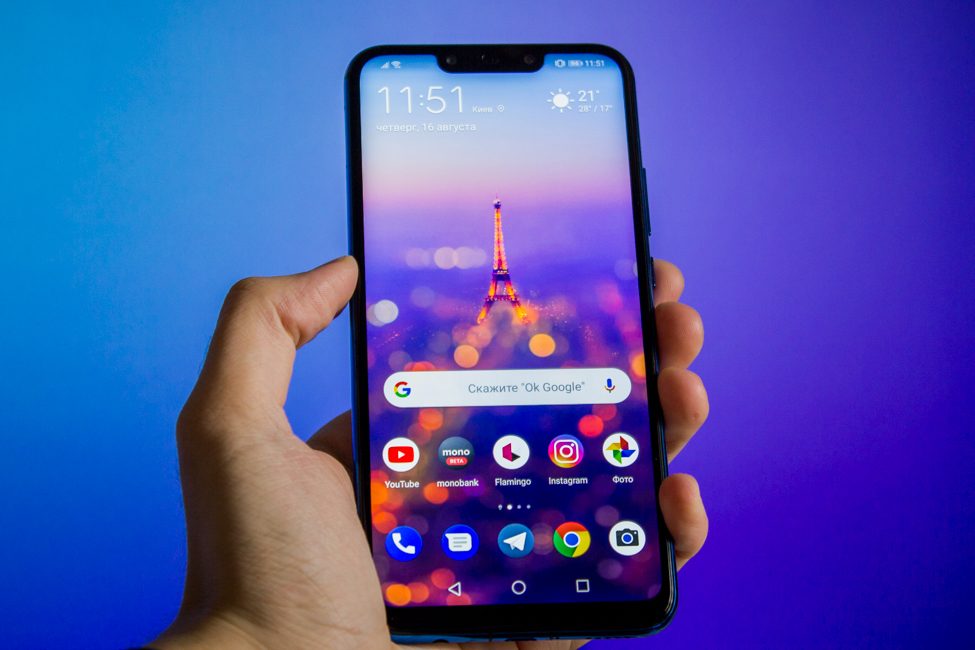
There are some cons: old microUSB instead of Type-C, no 5 GHz and absence of NFC for contactless payments.
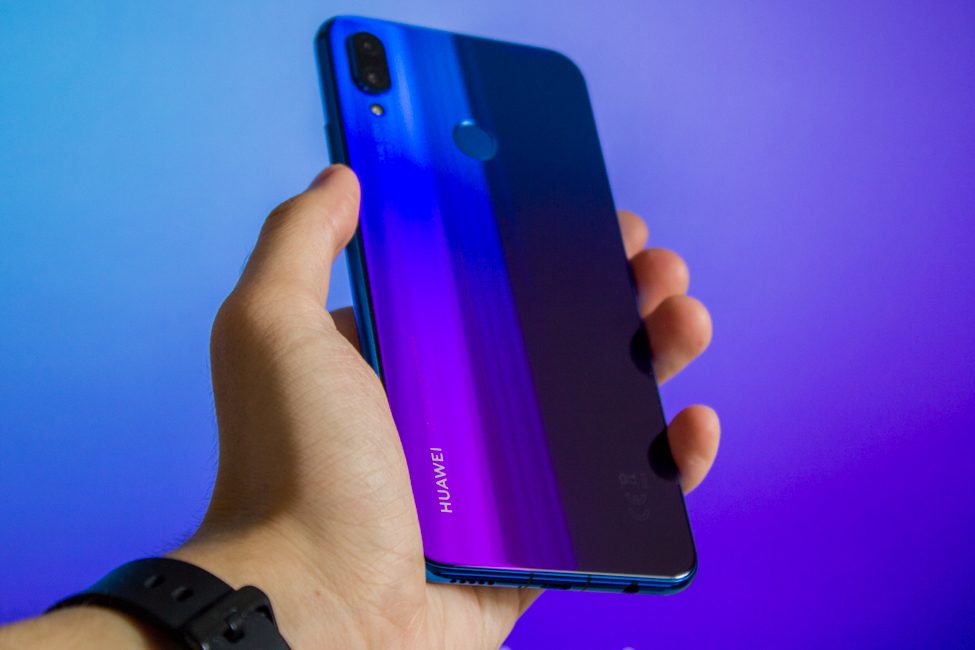
For that price, the phone is near perfect. There are some cons, but not much. If those don’t bother you, Huawei P smart+ won’t disappoint.


